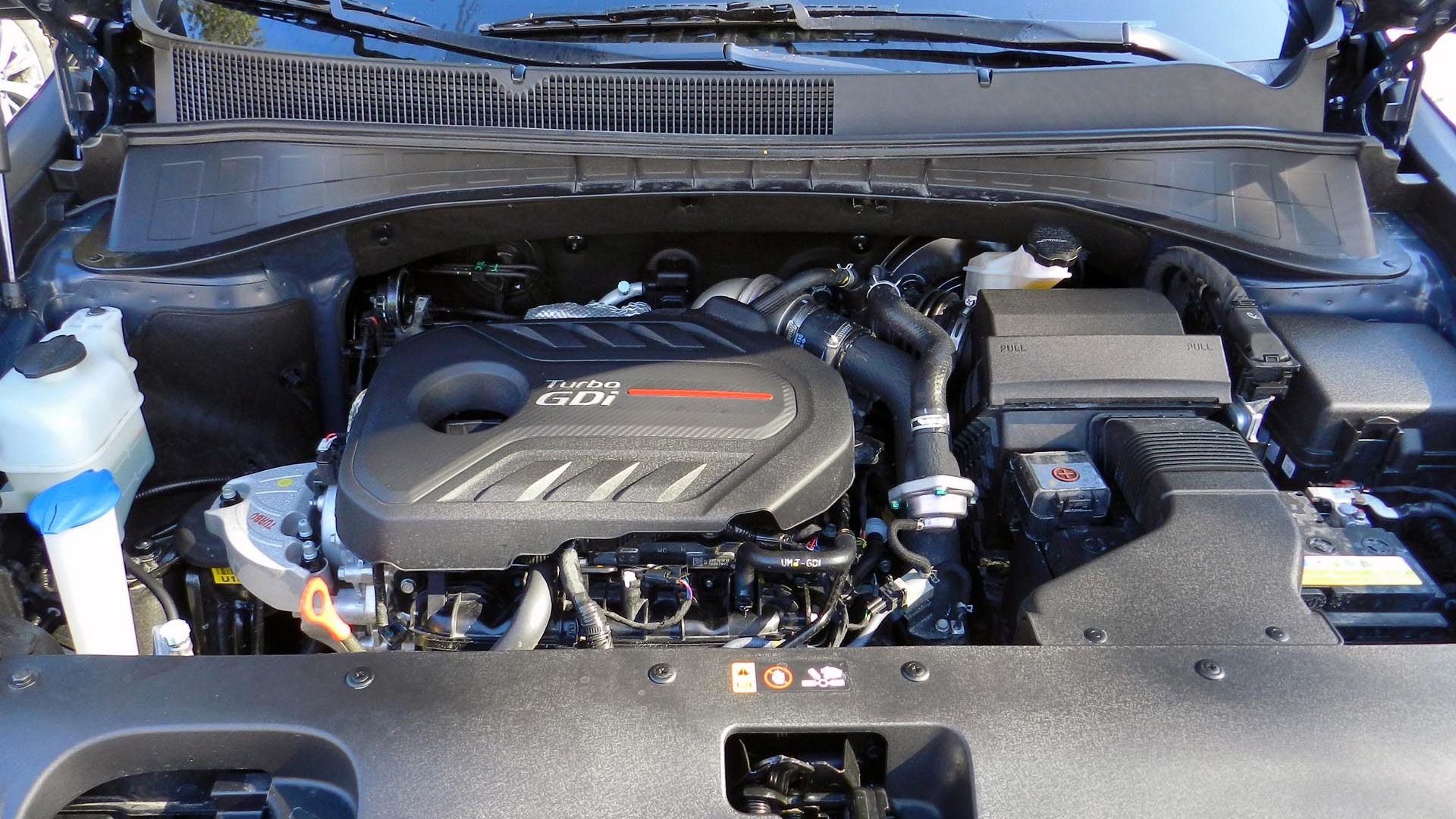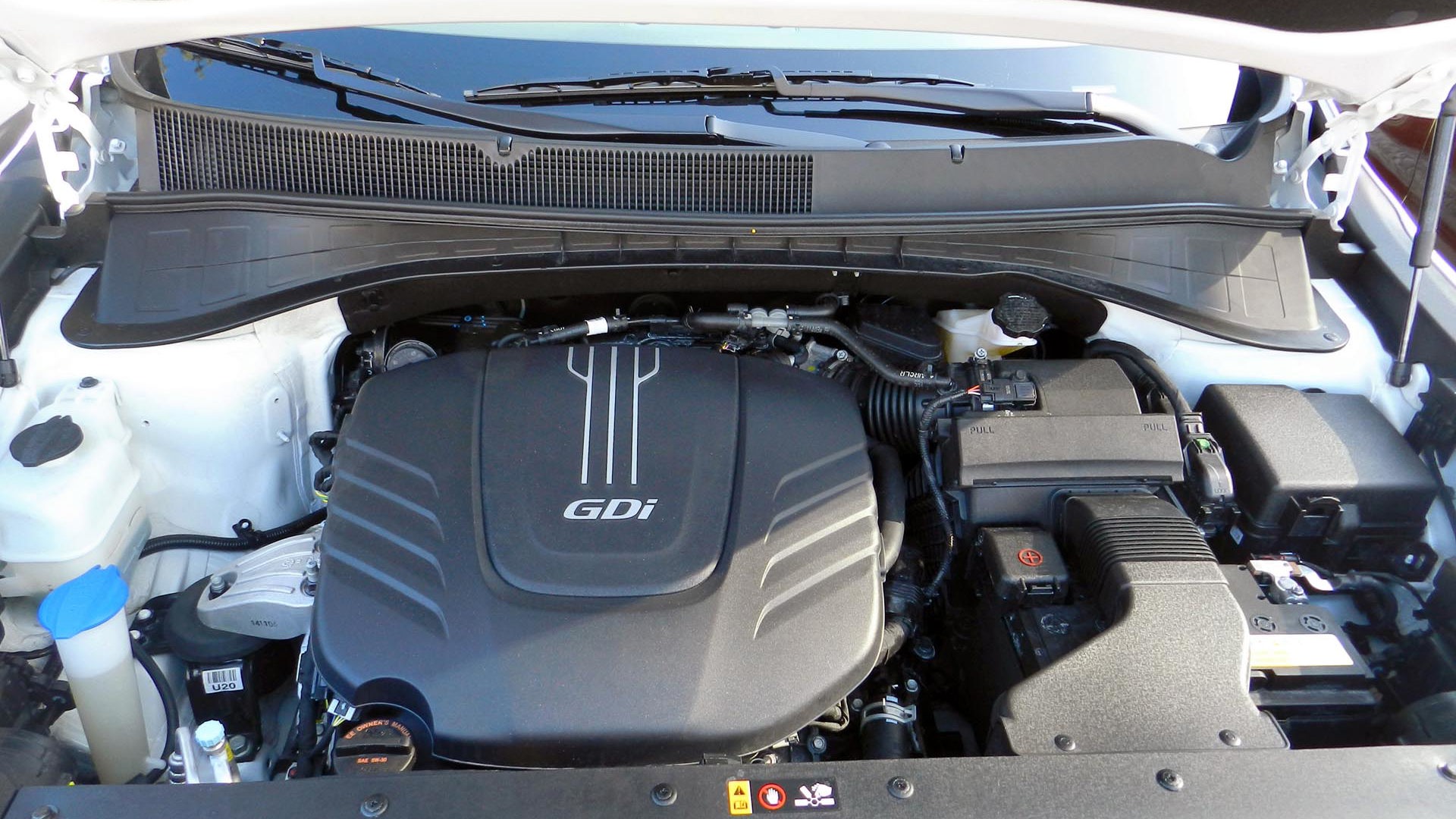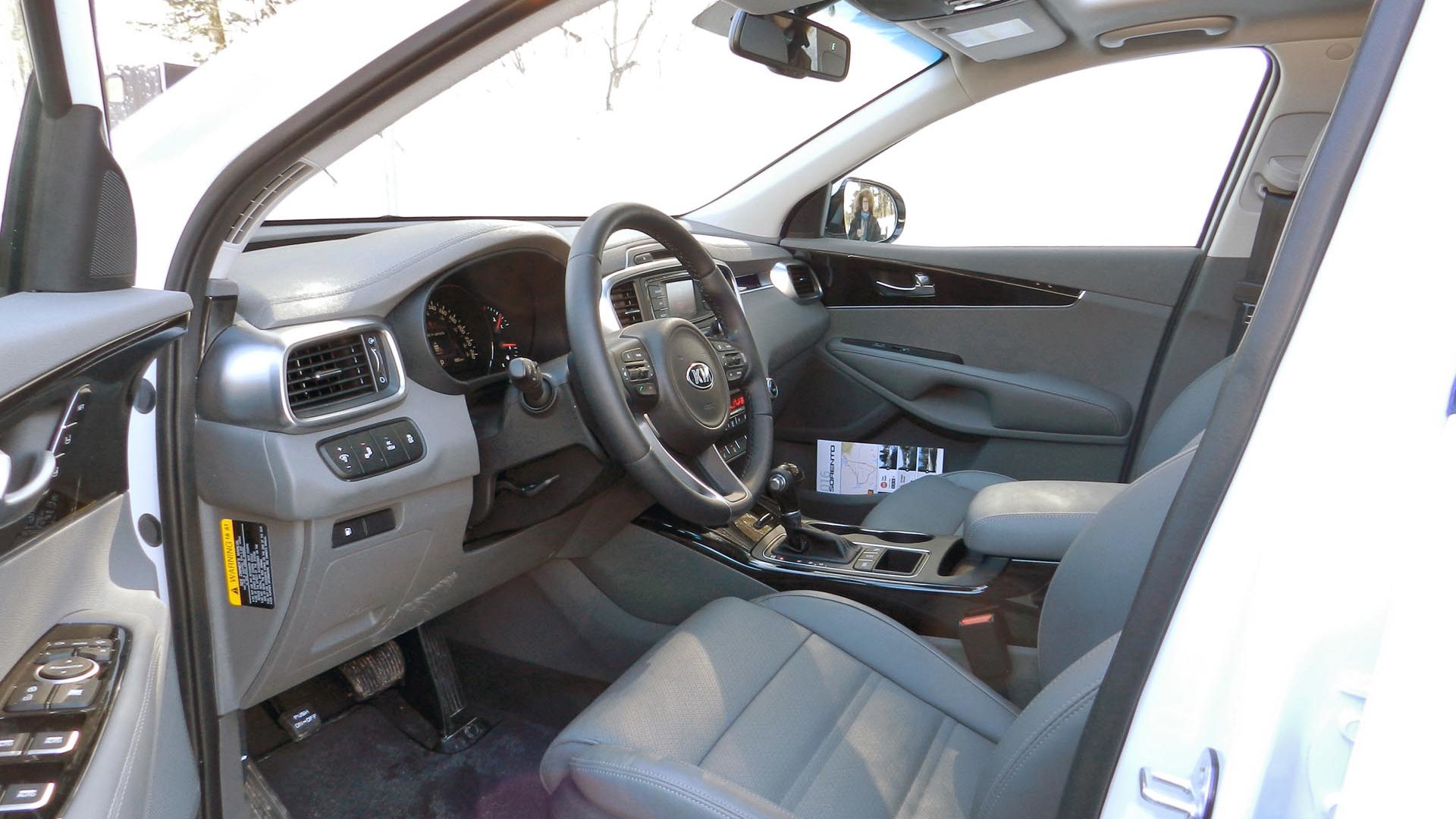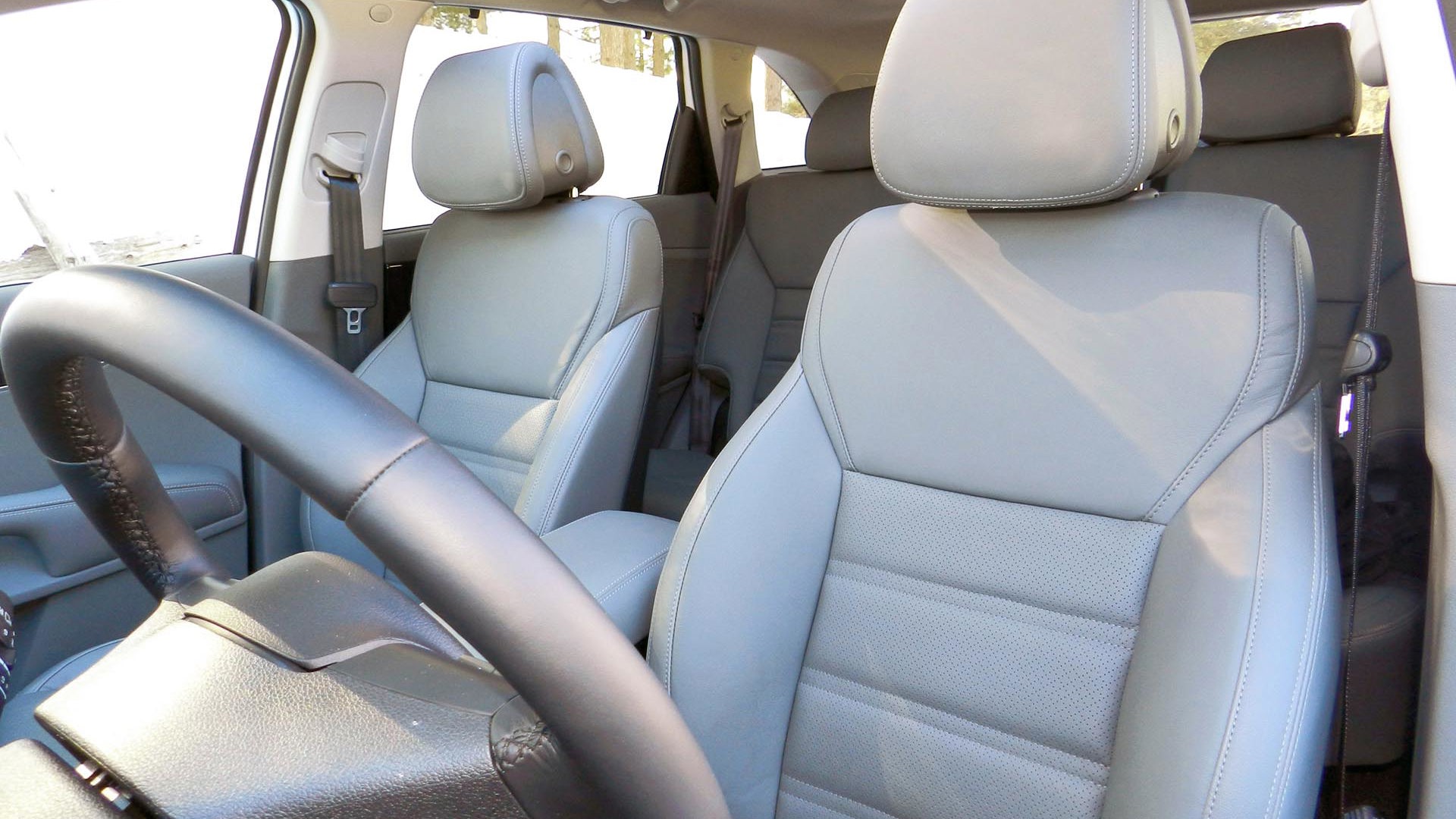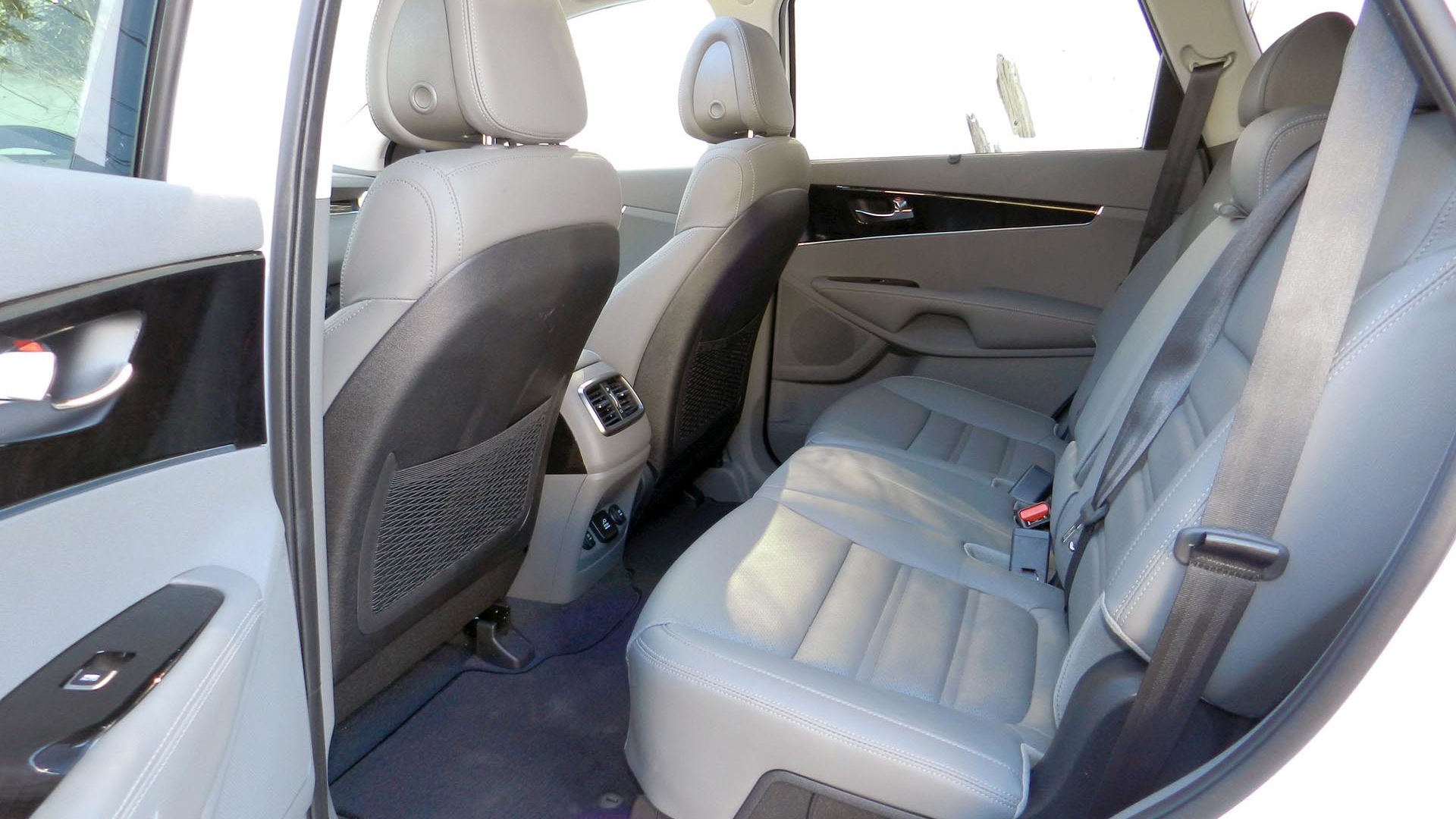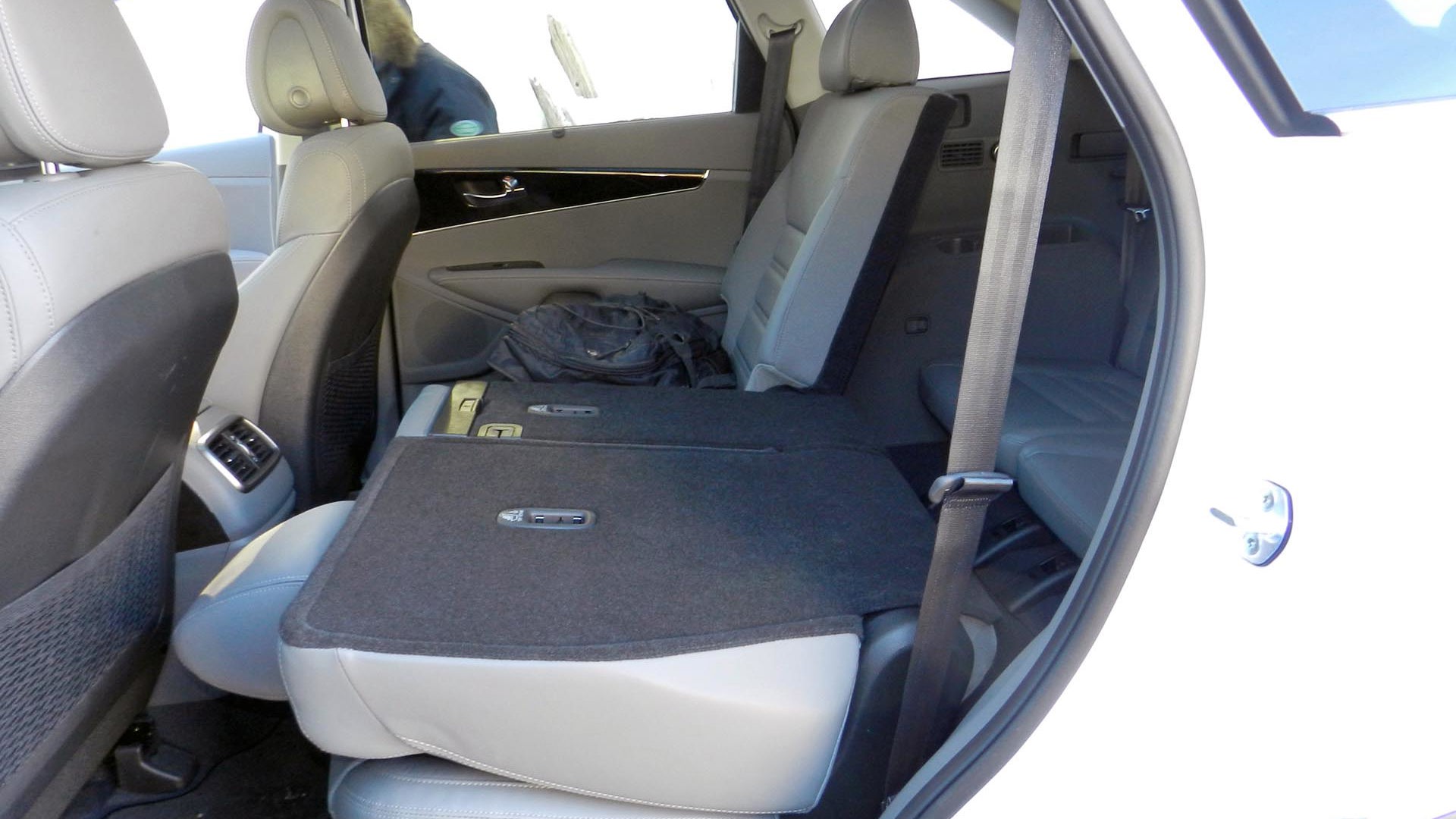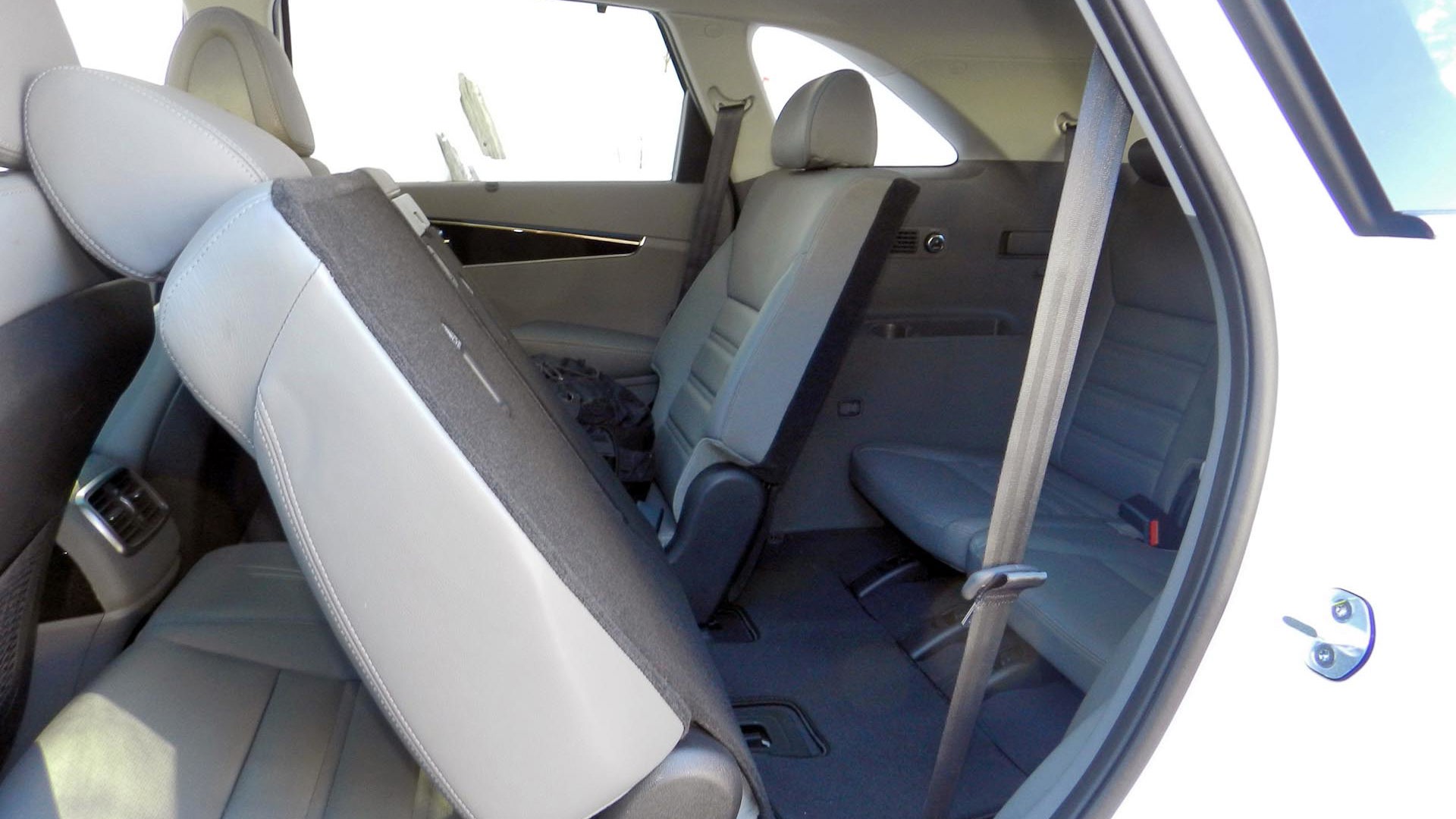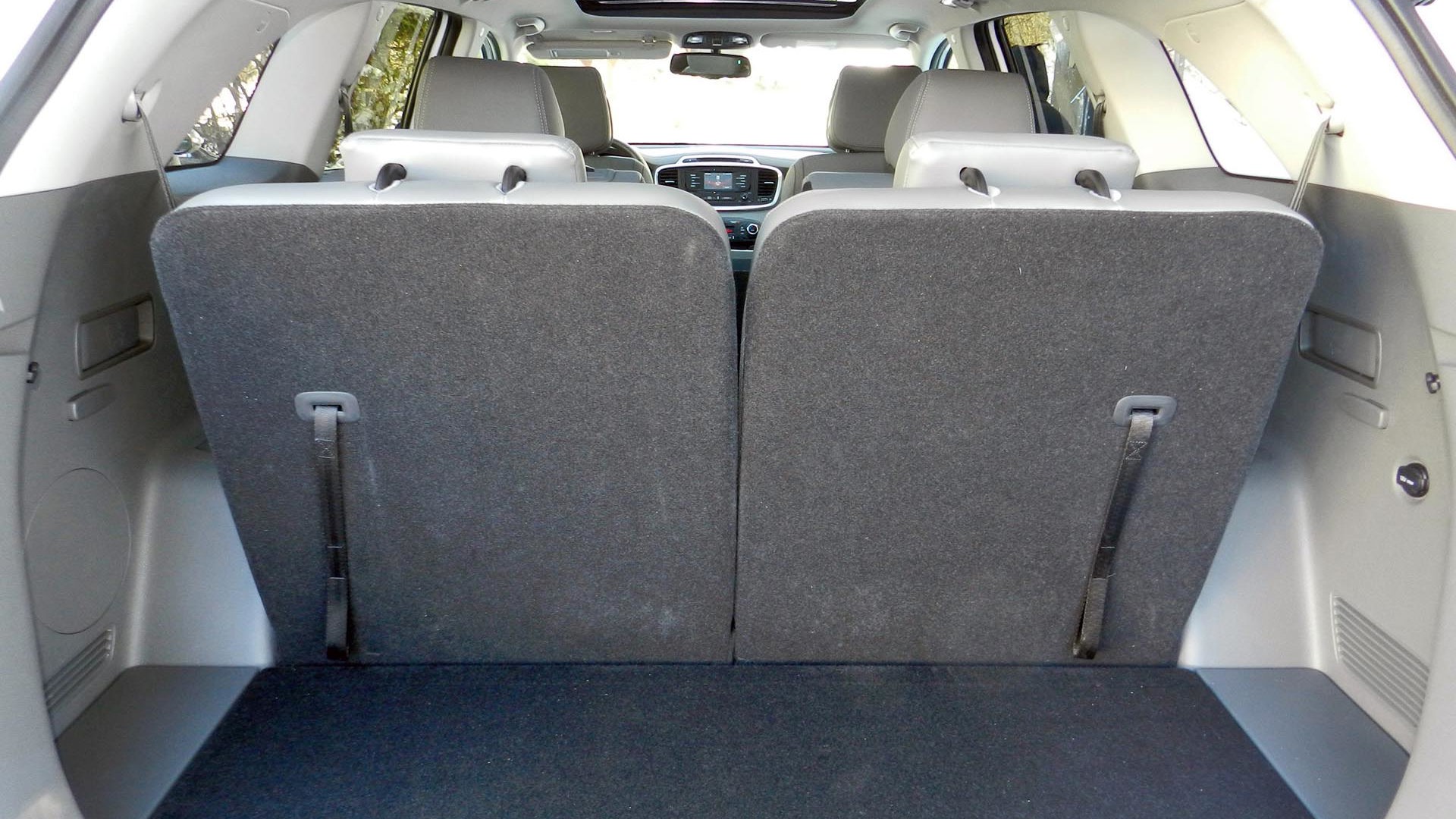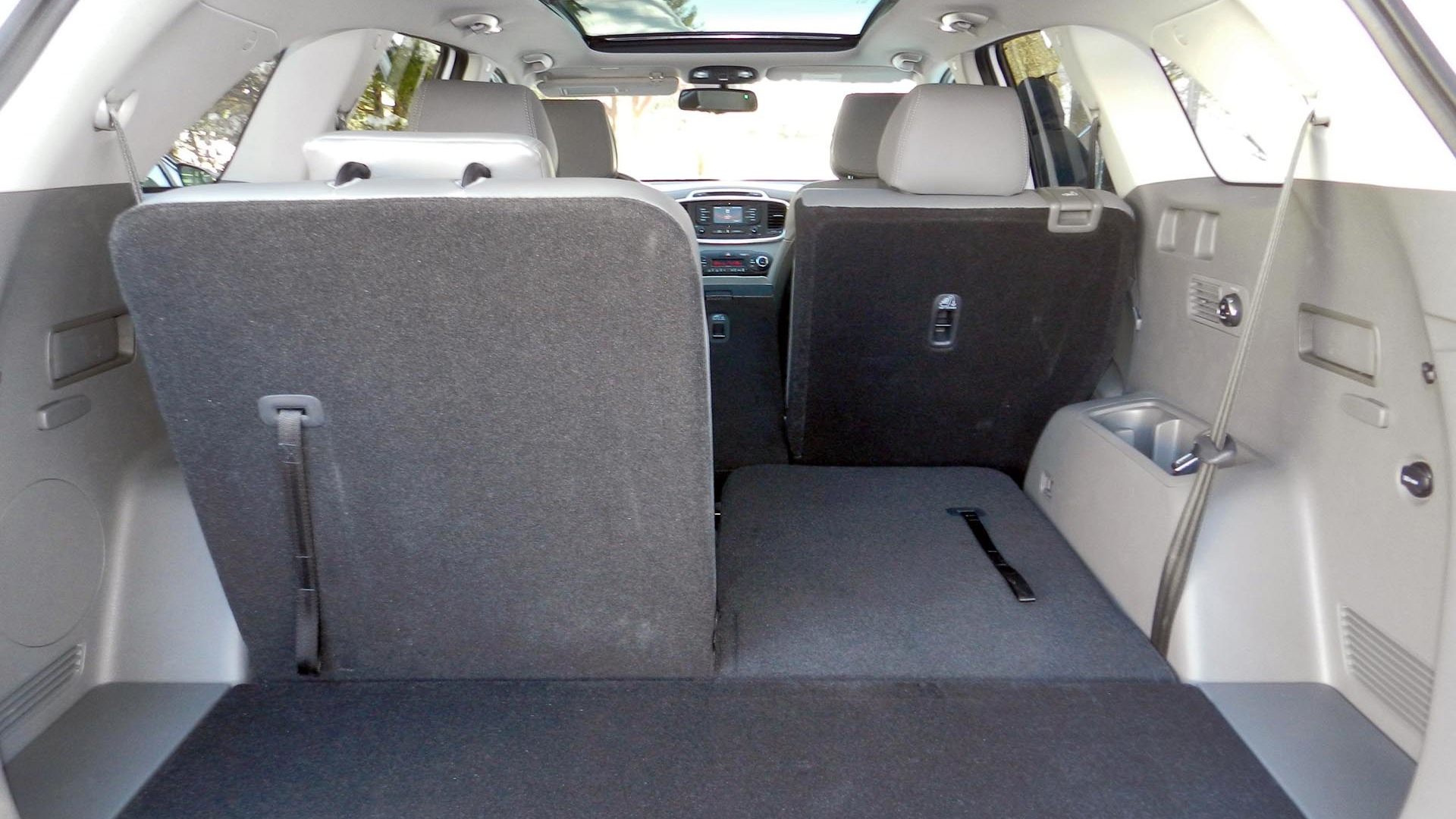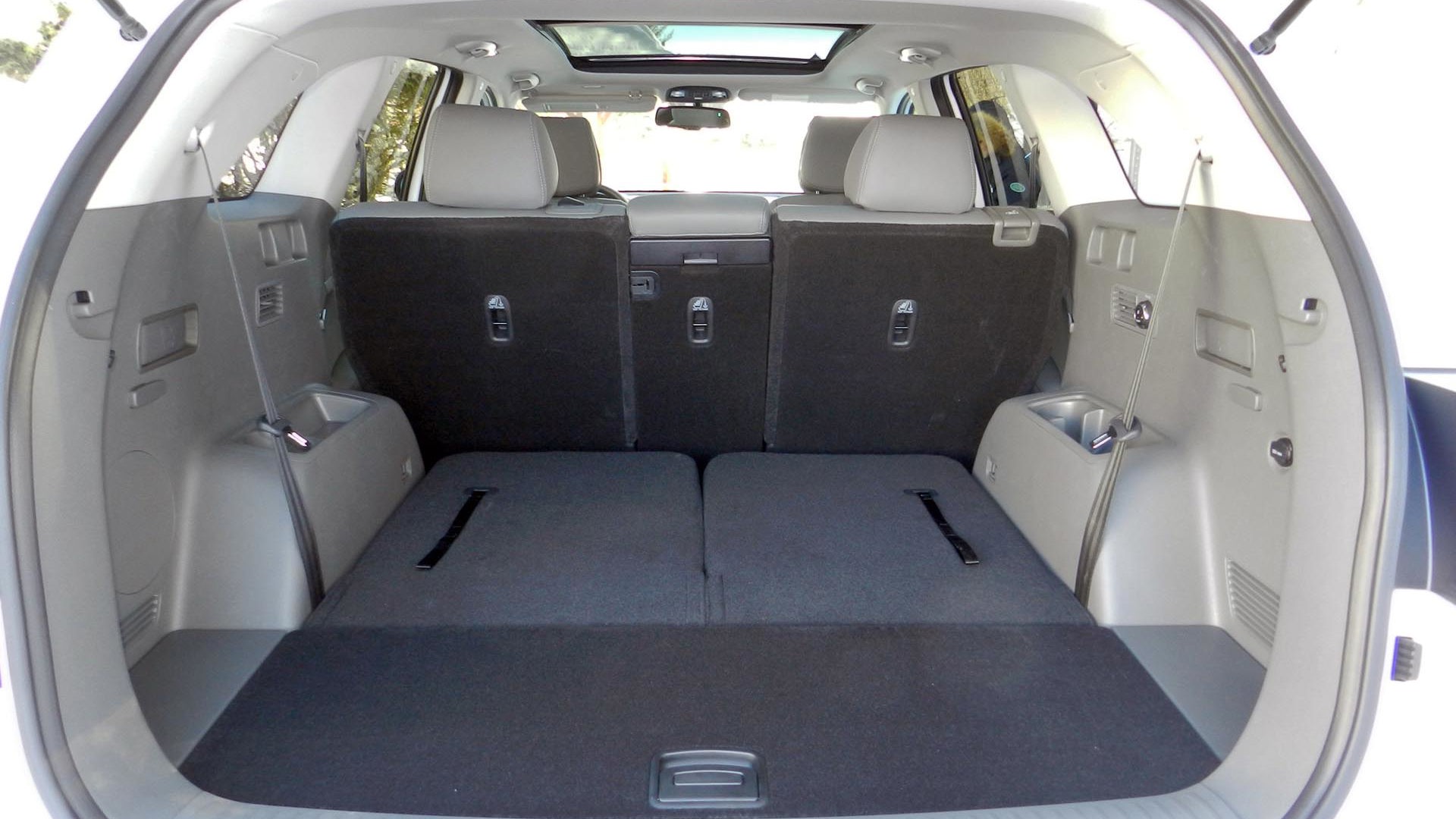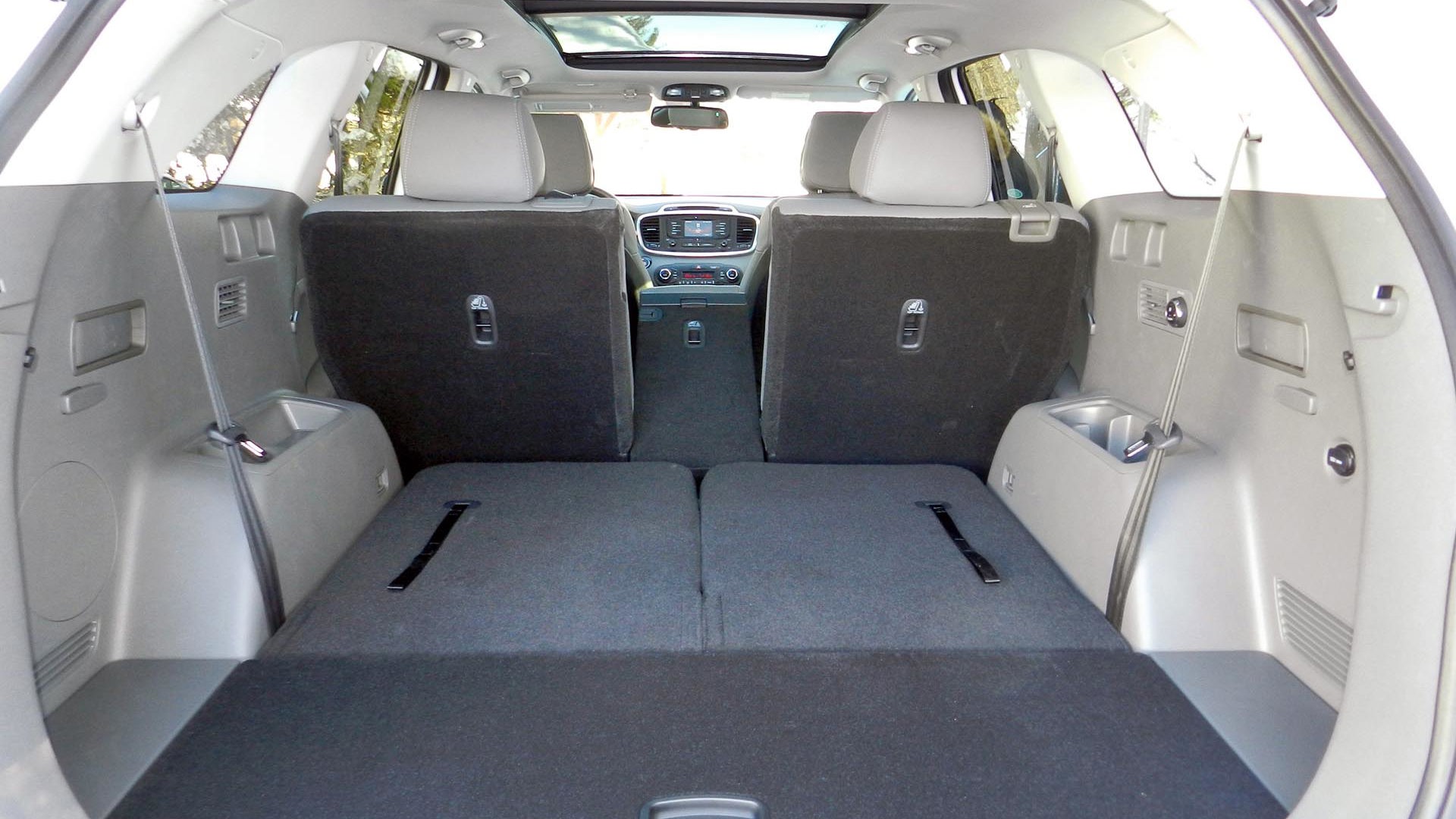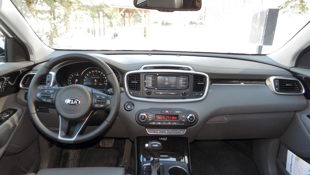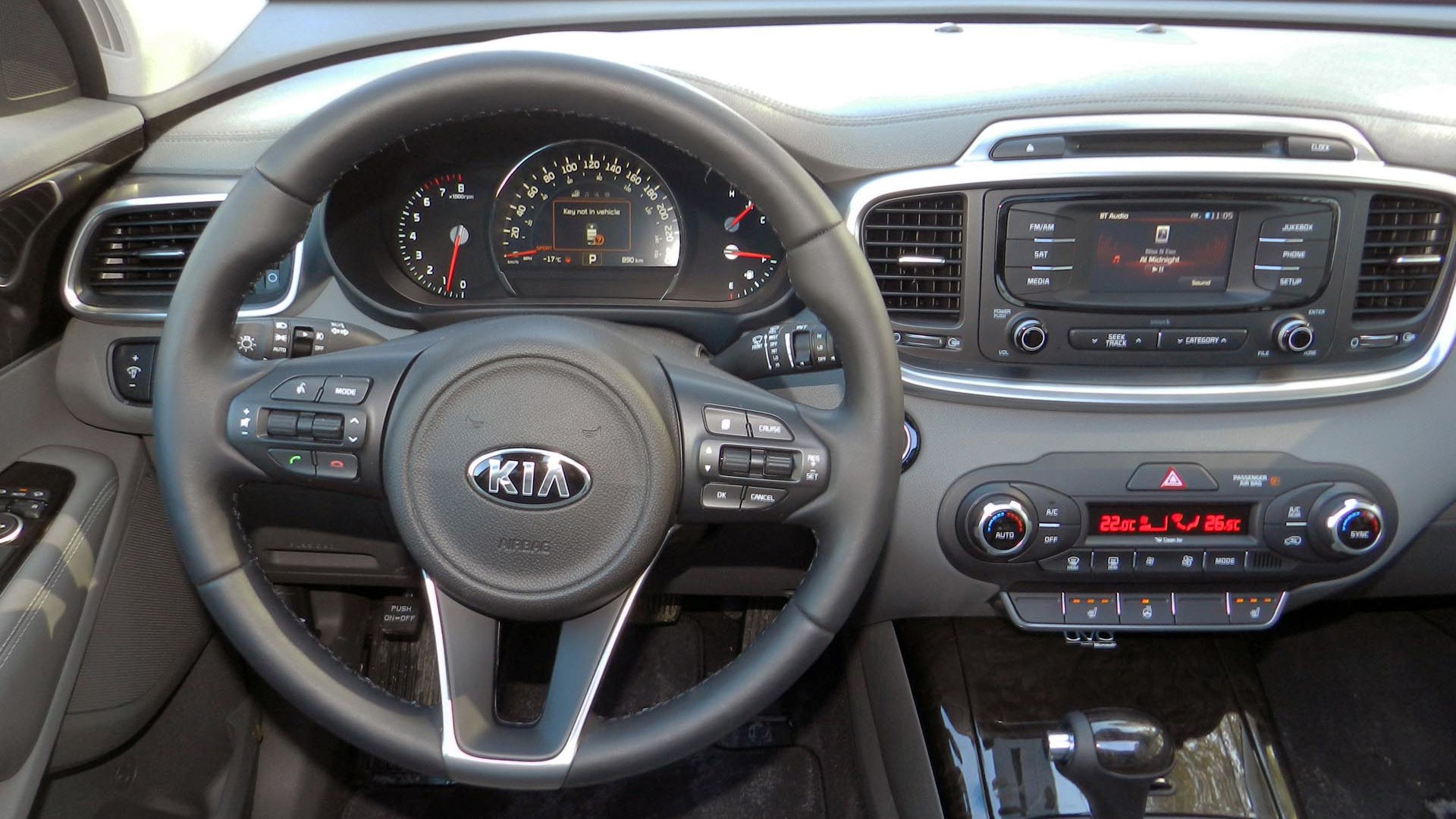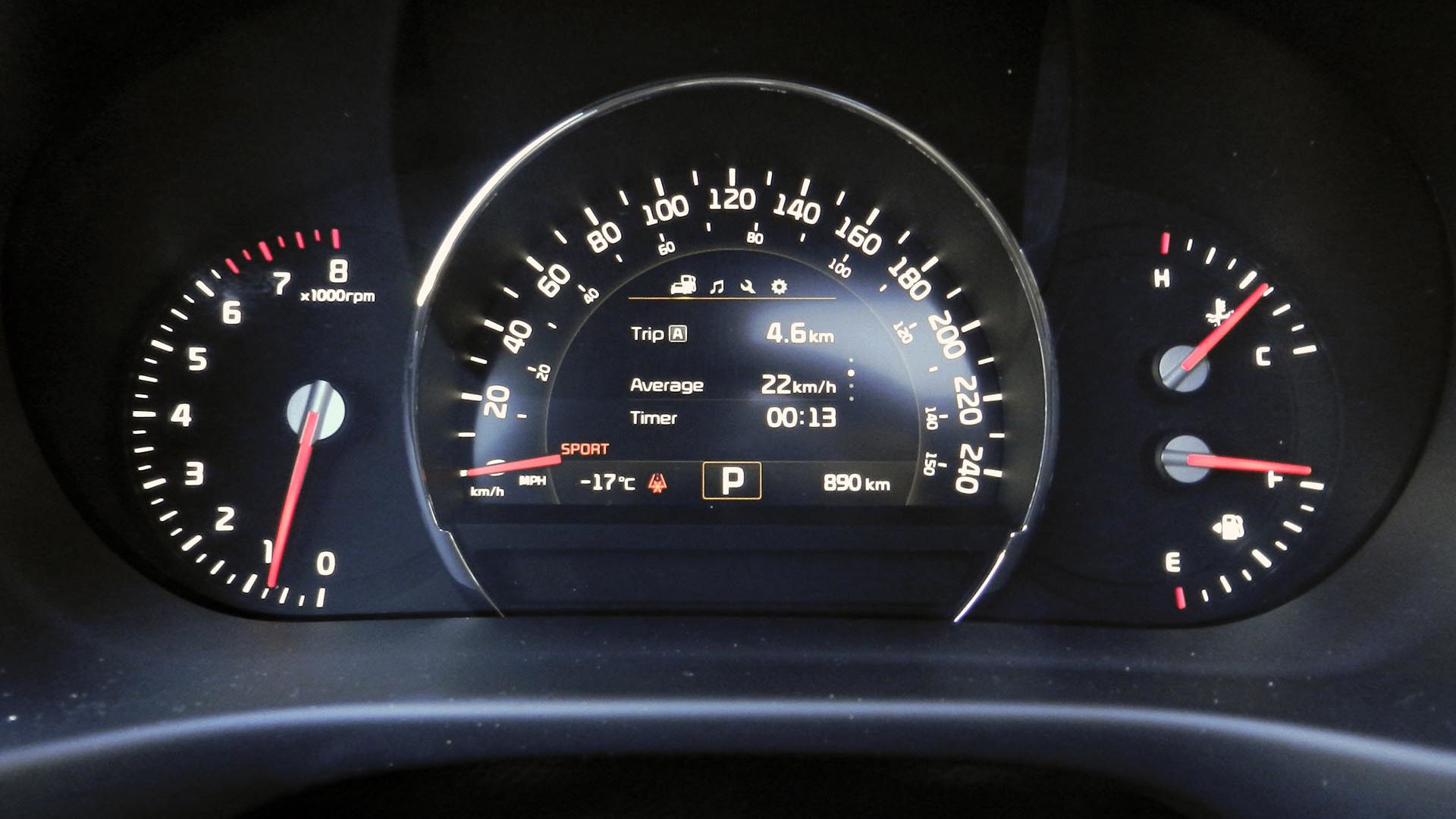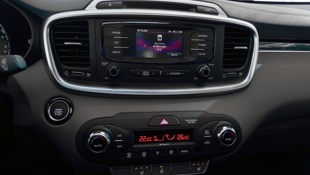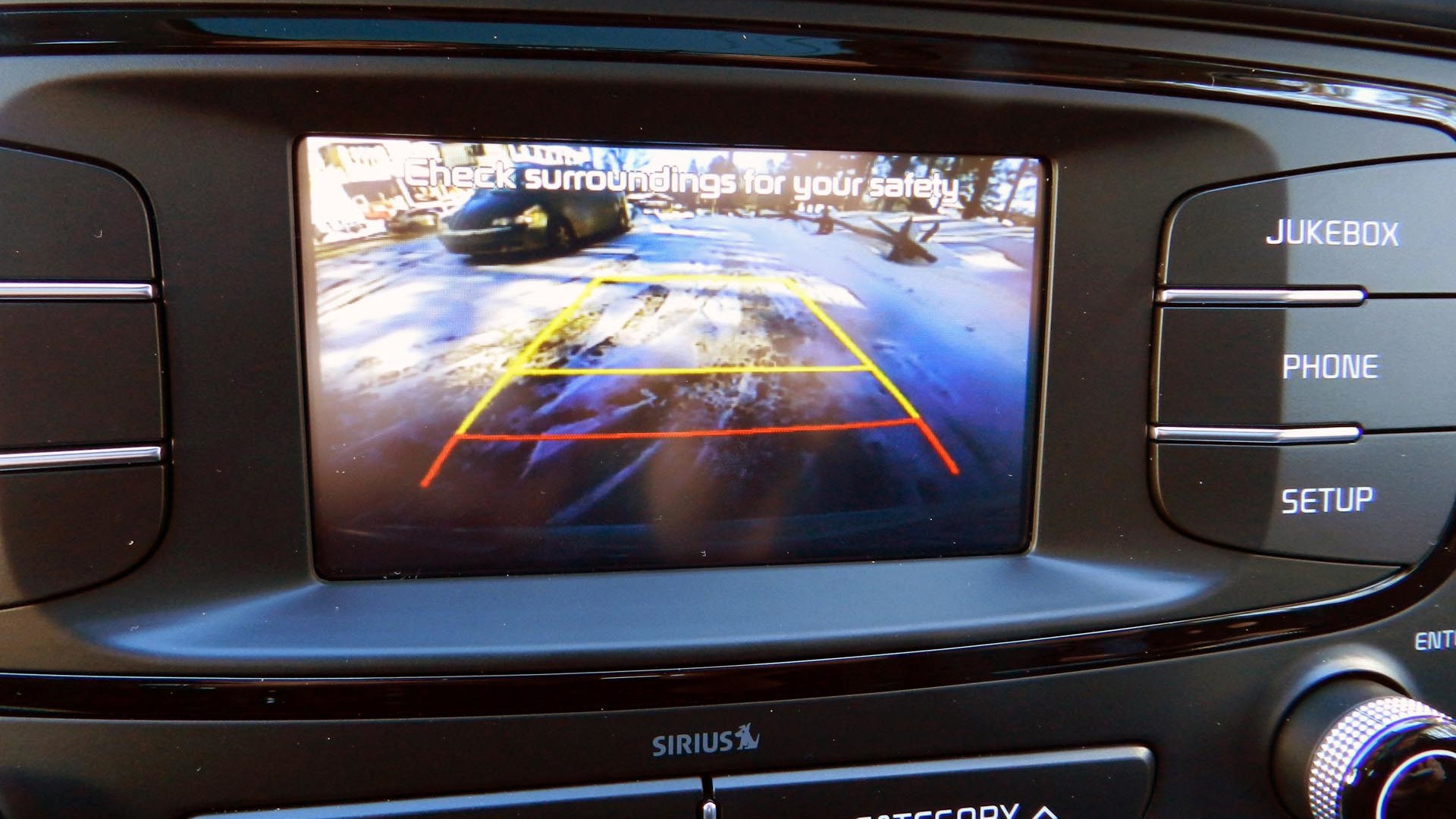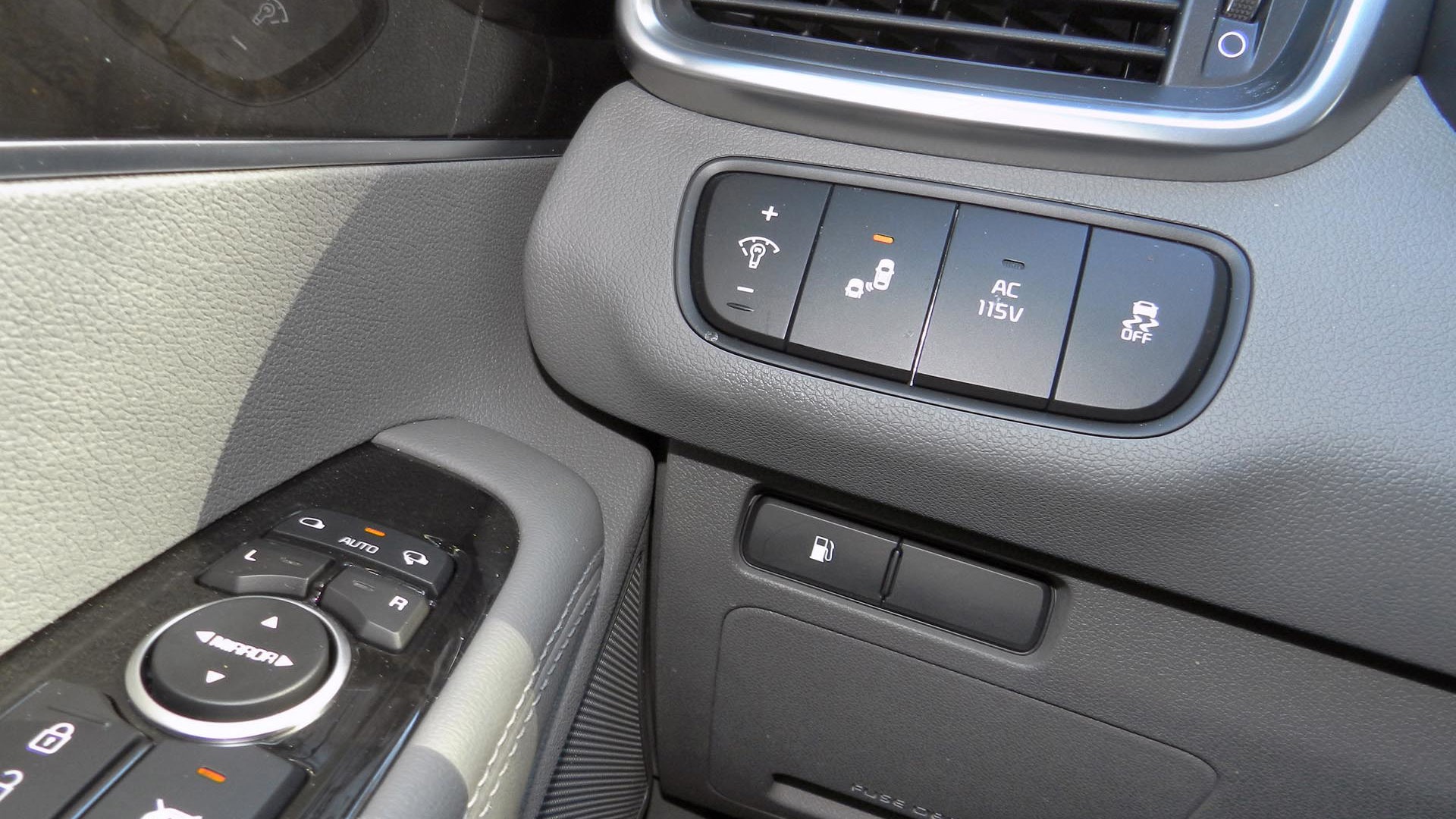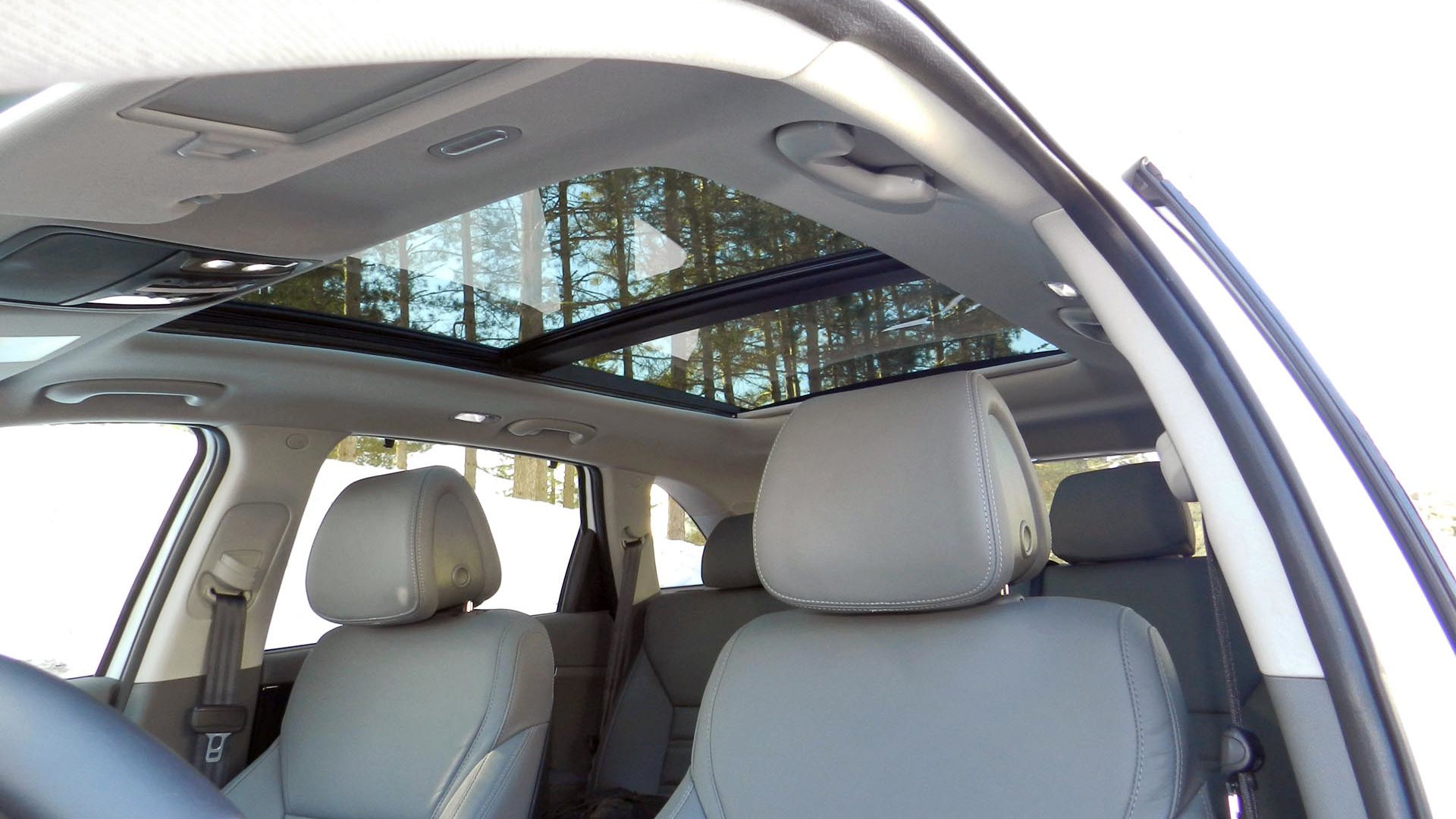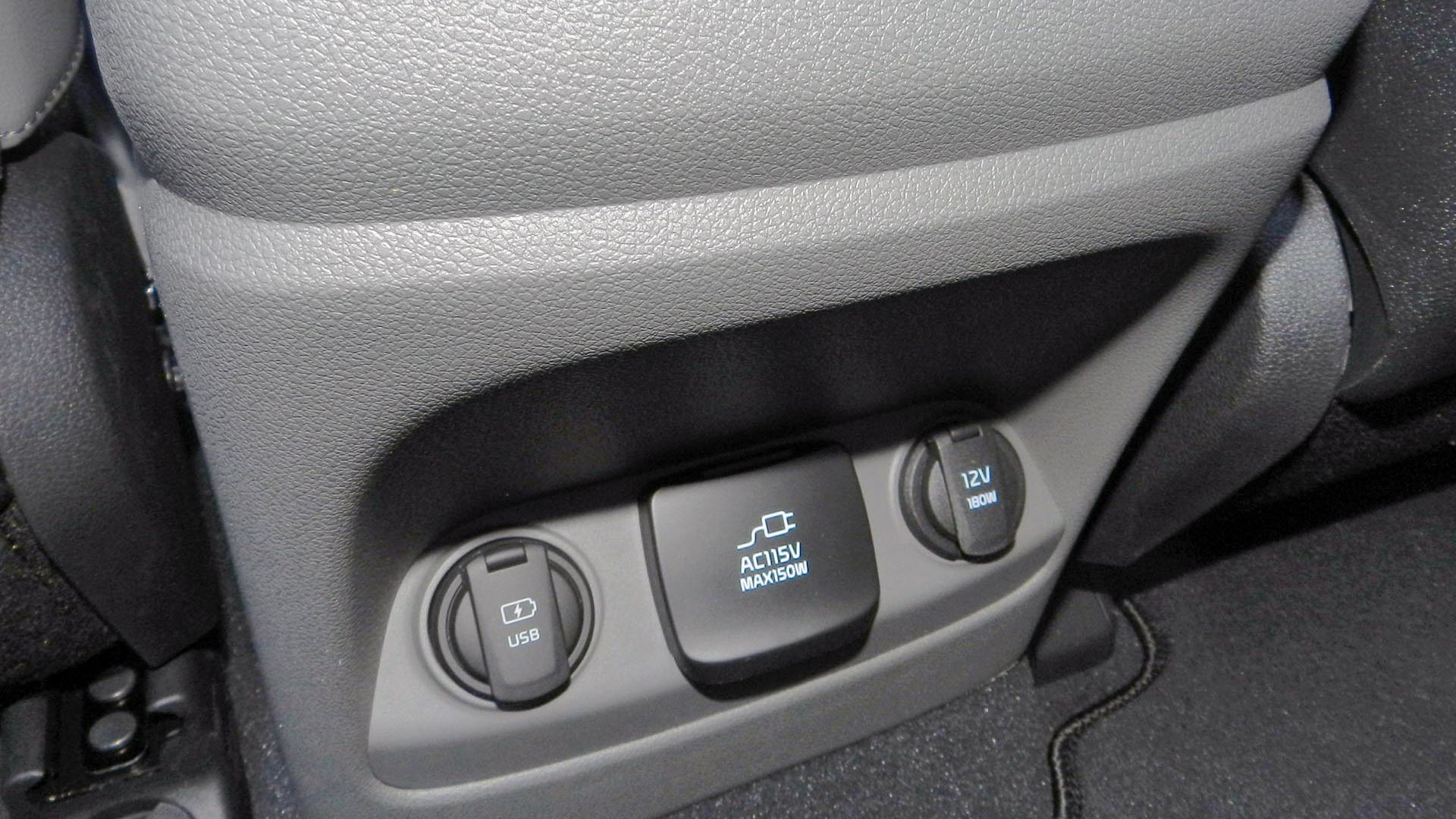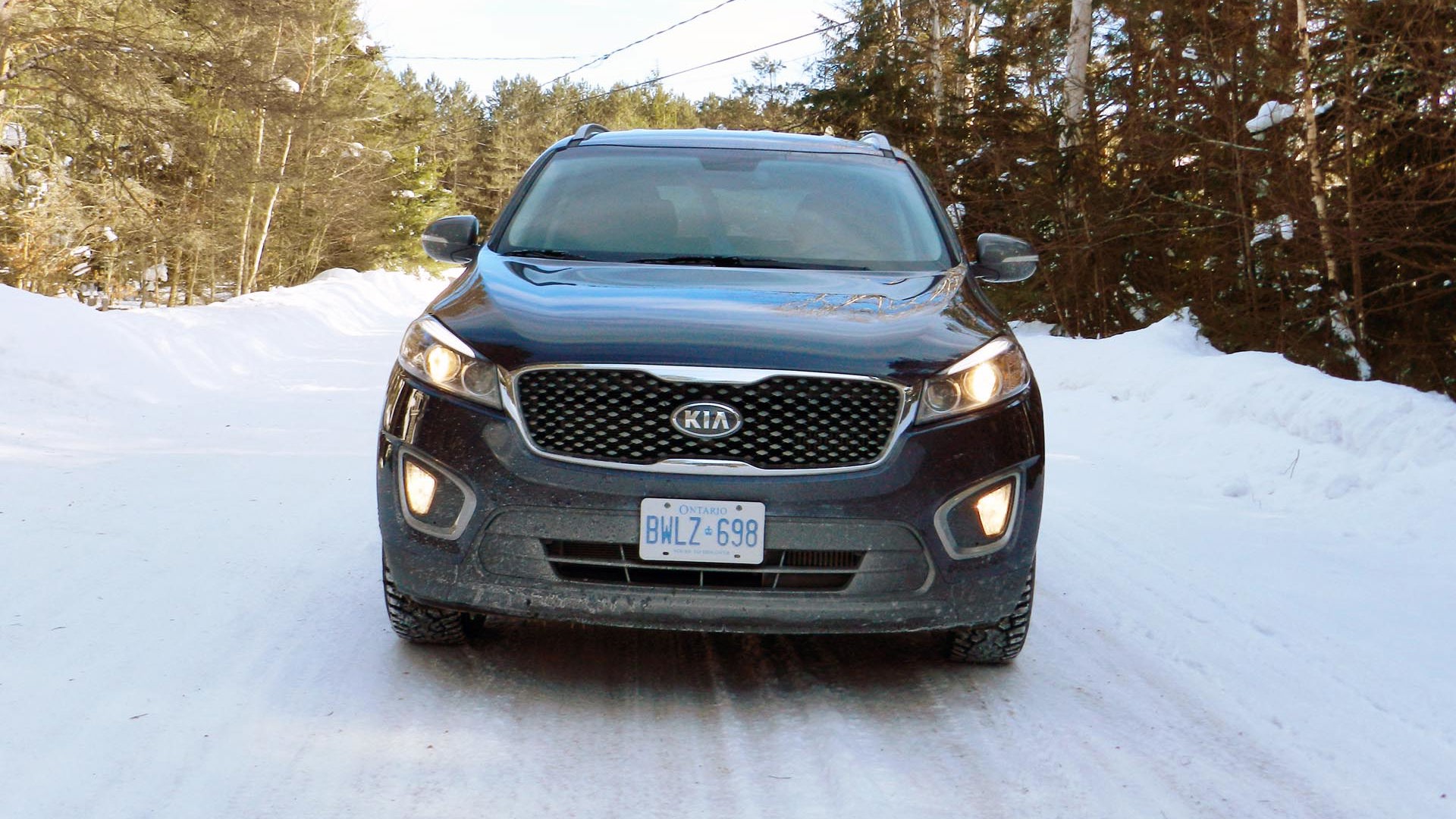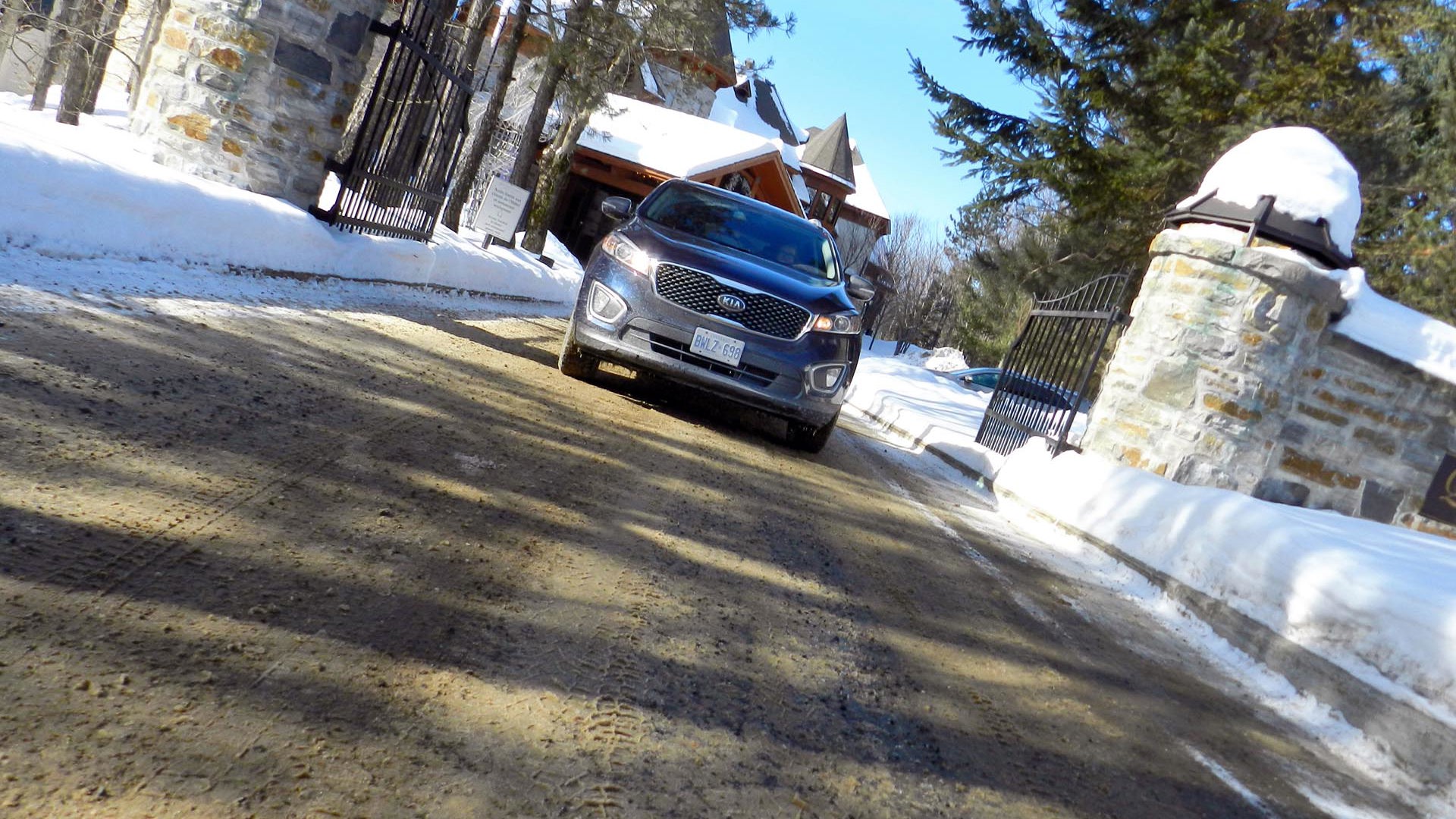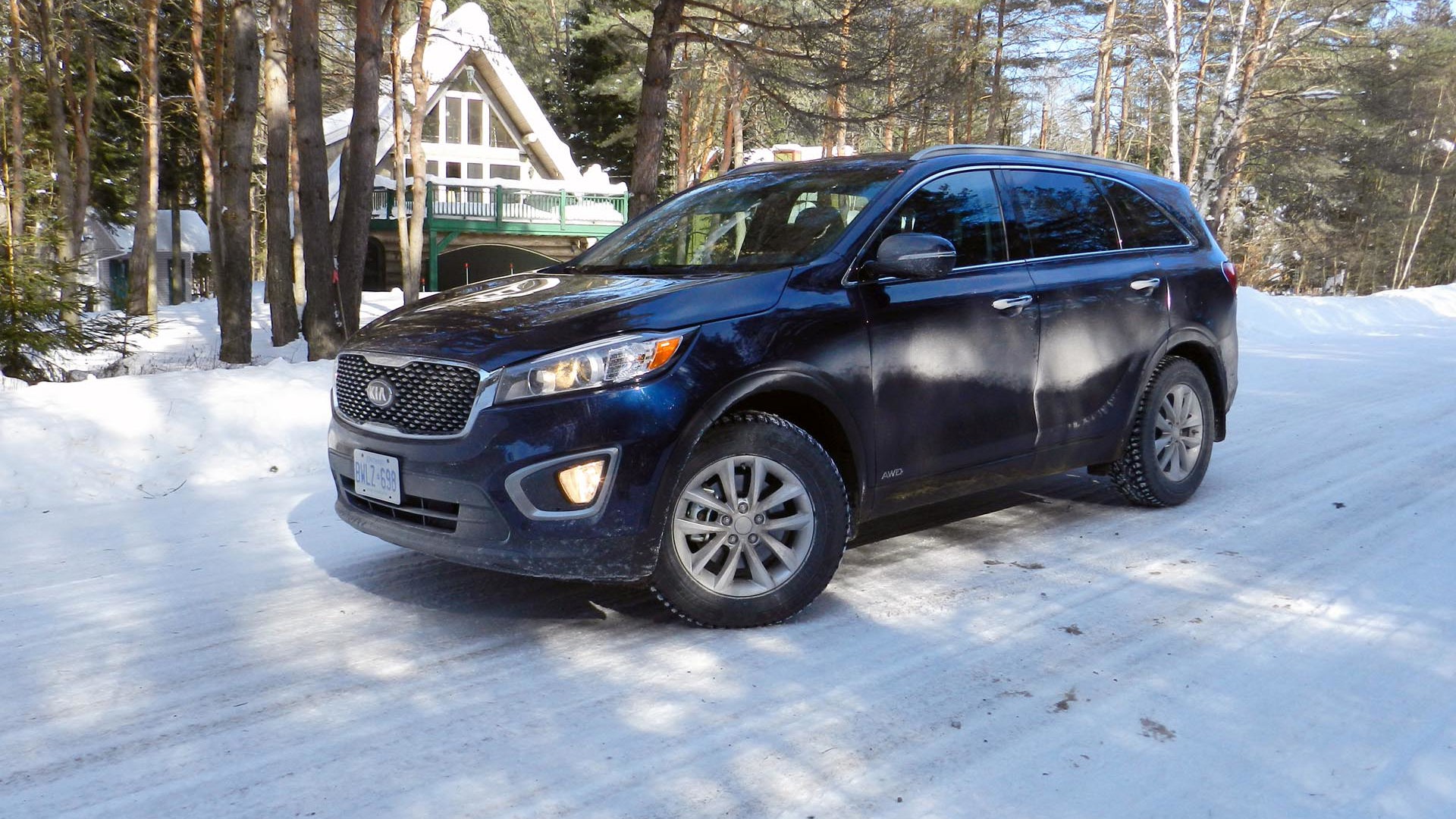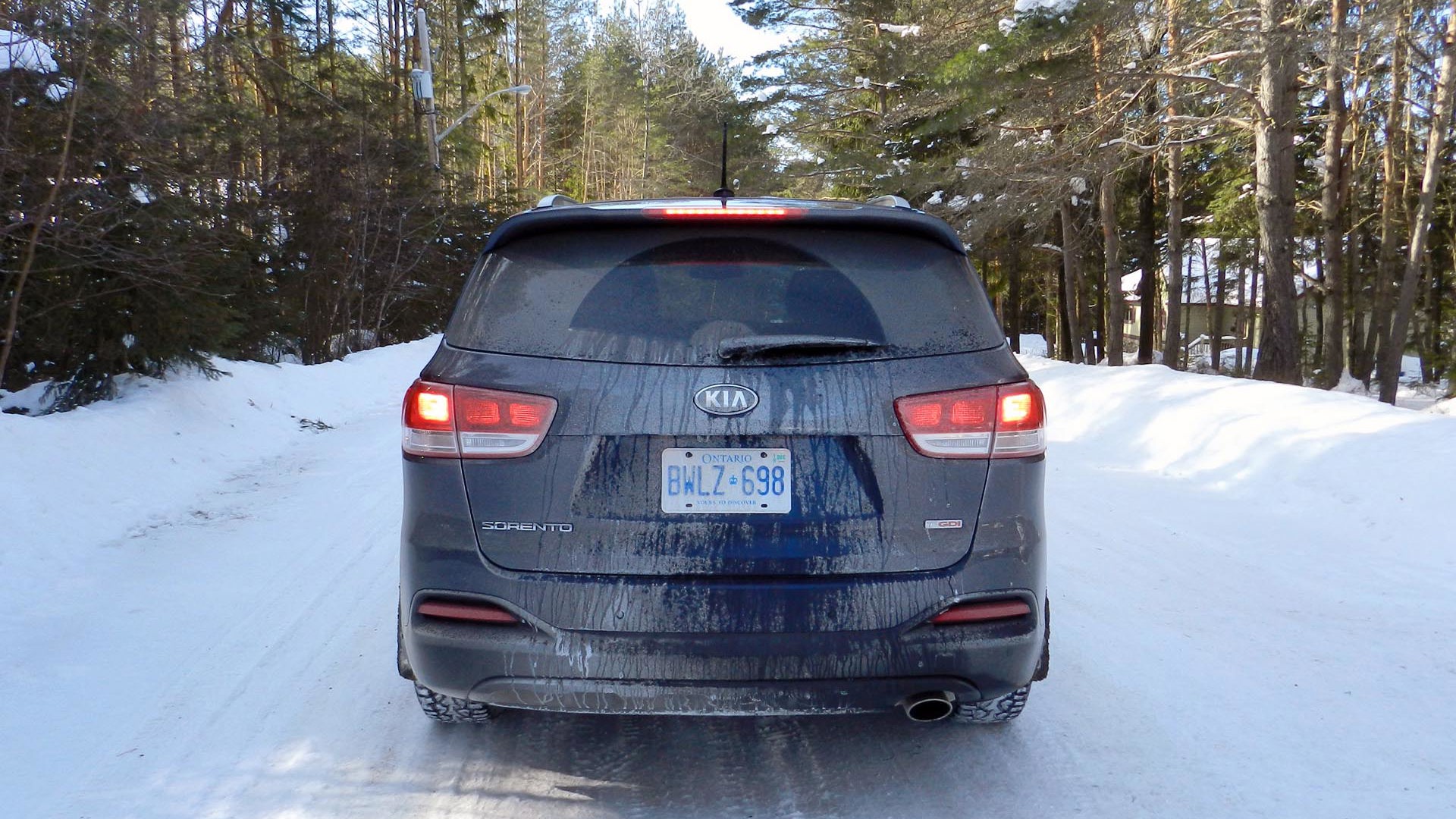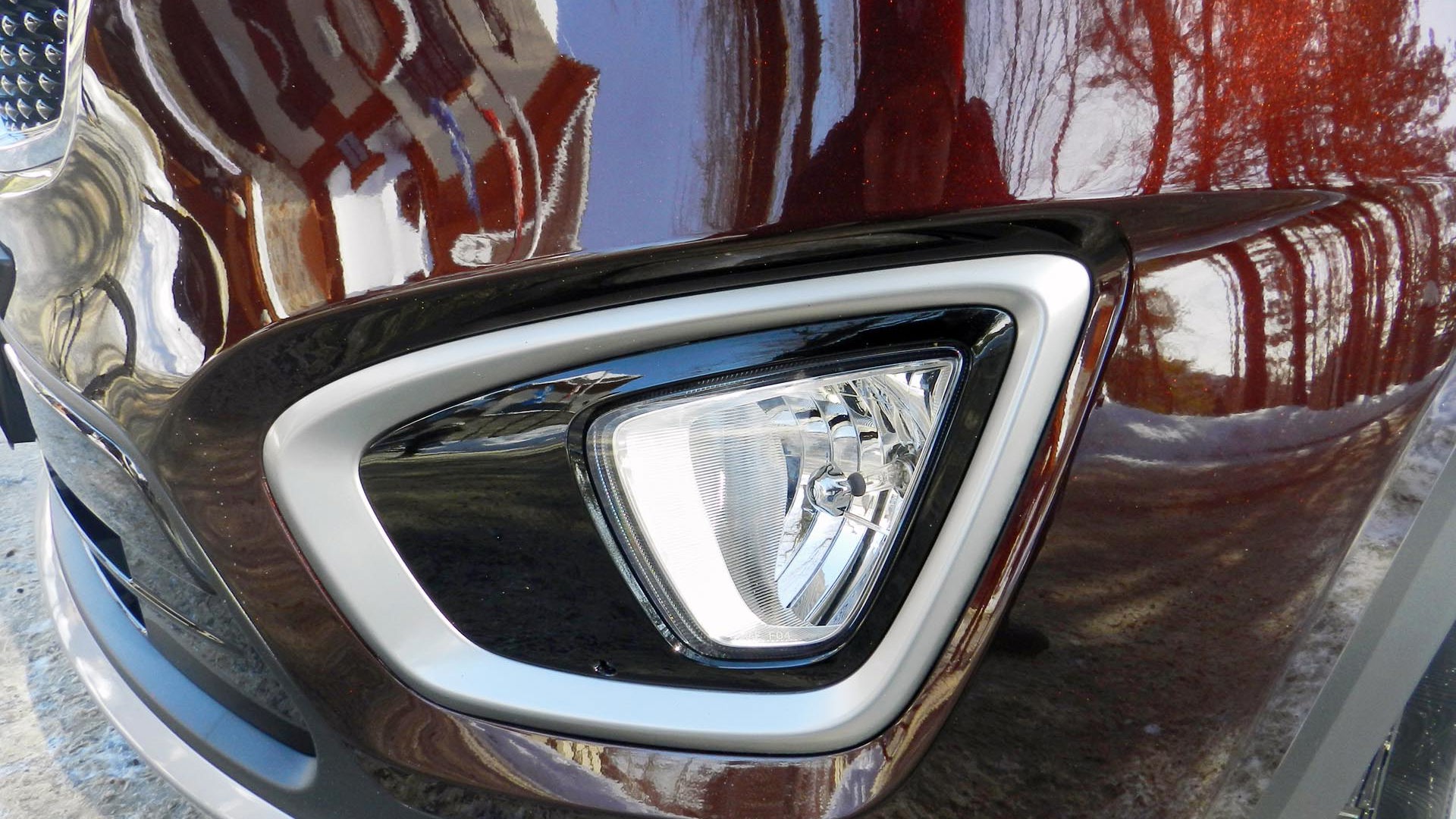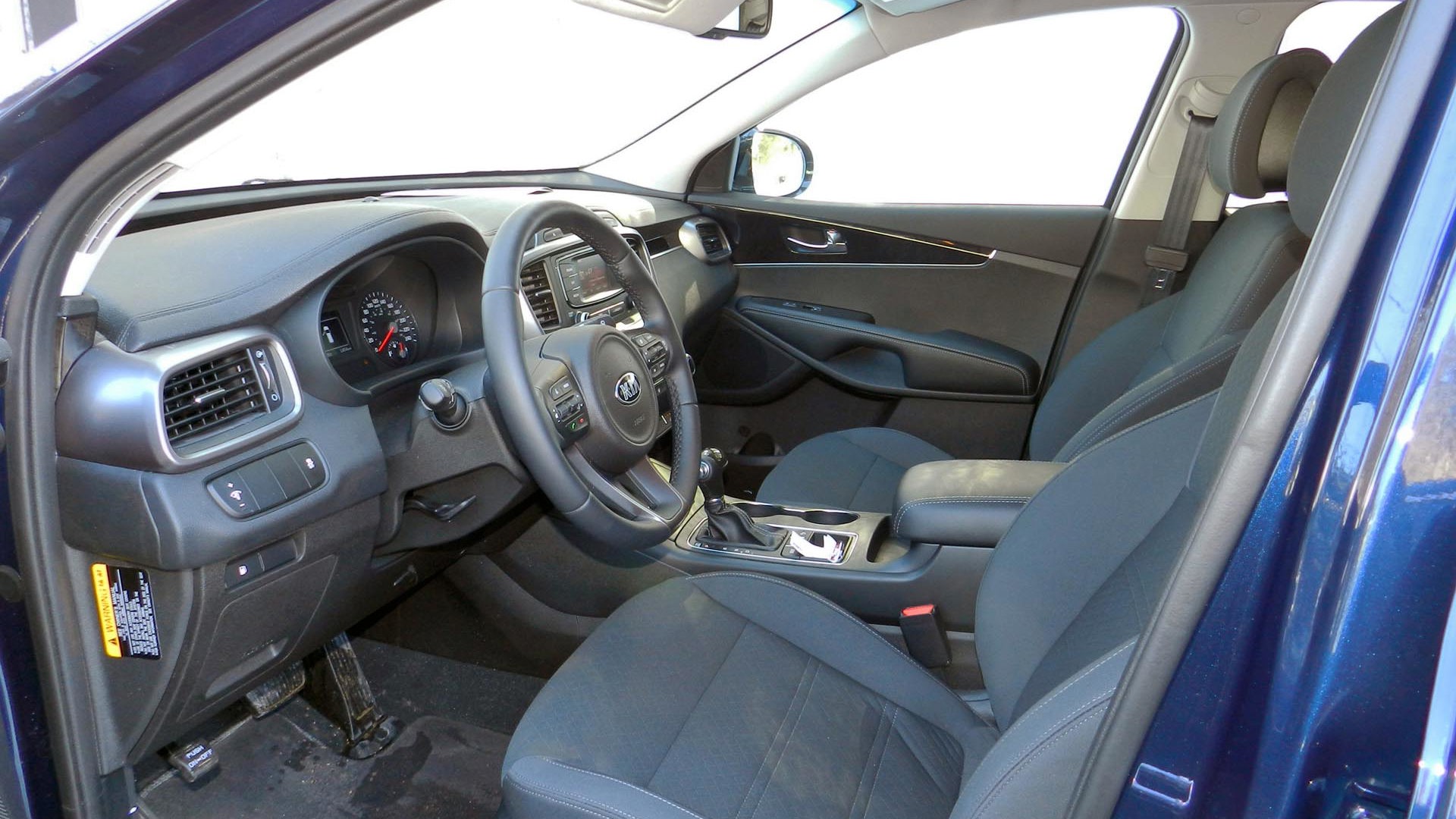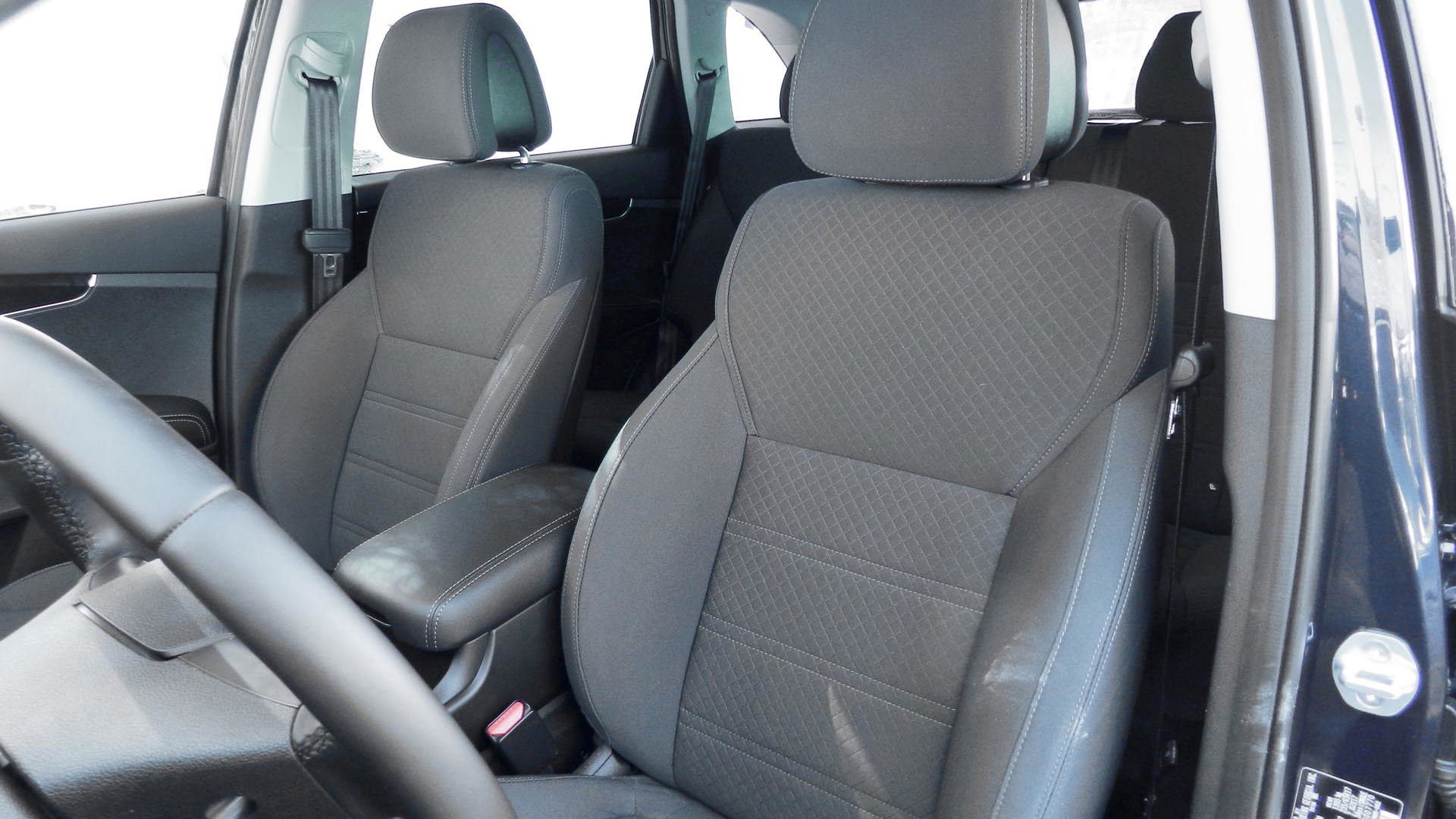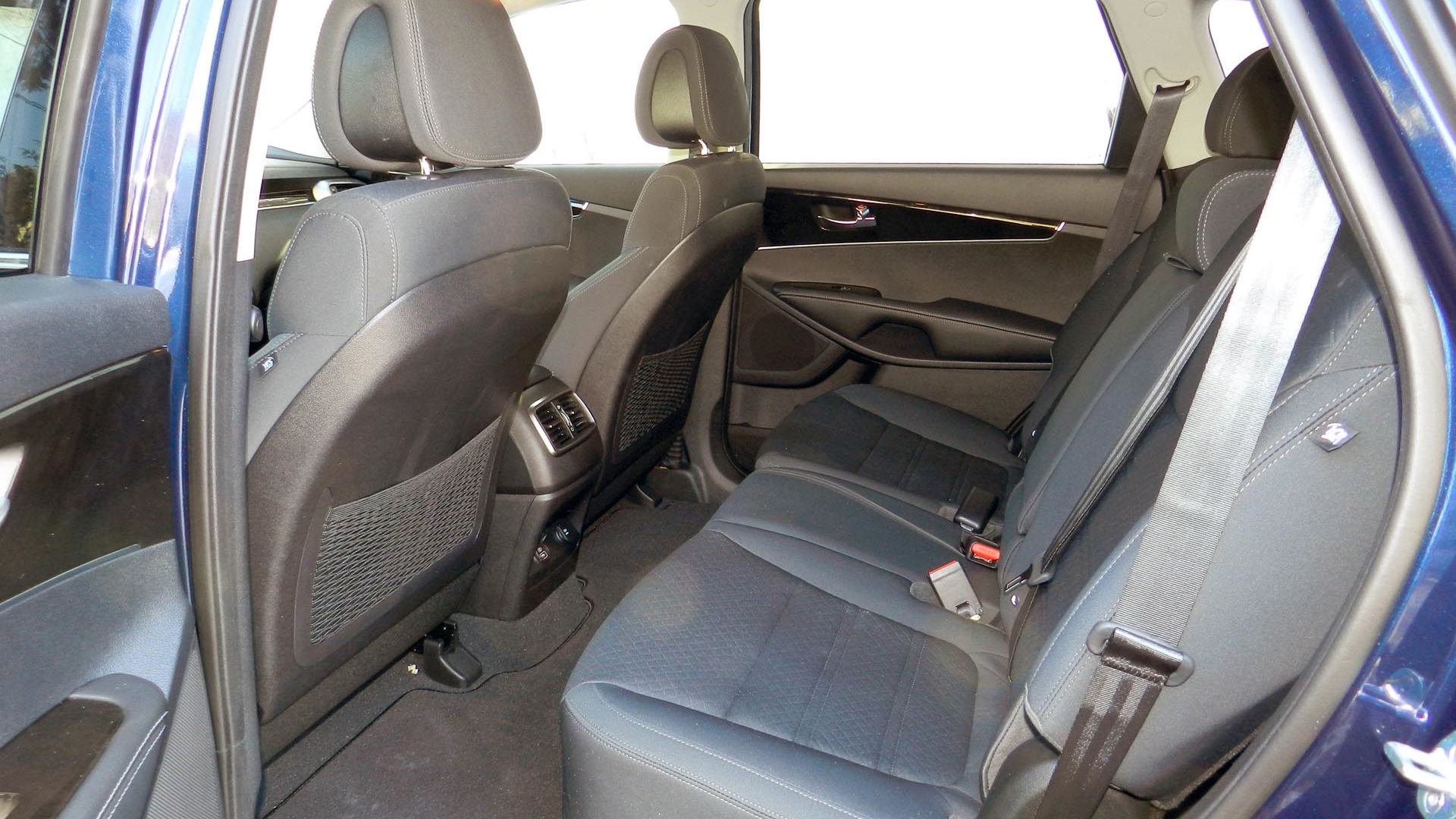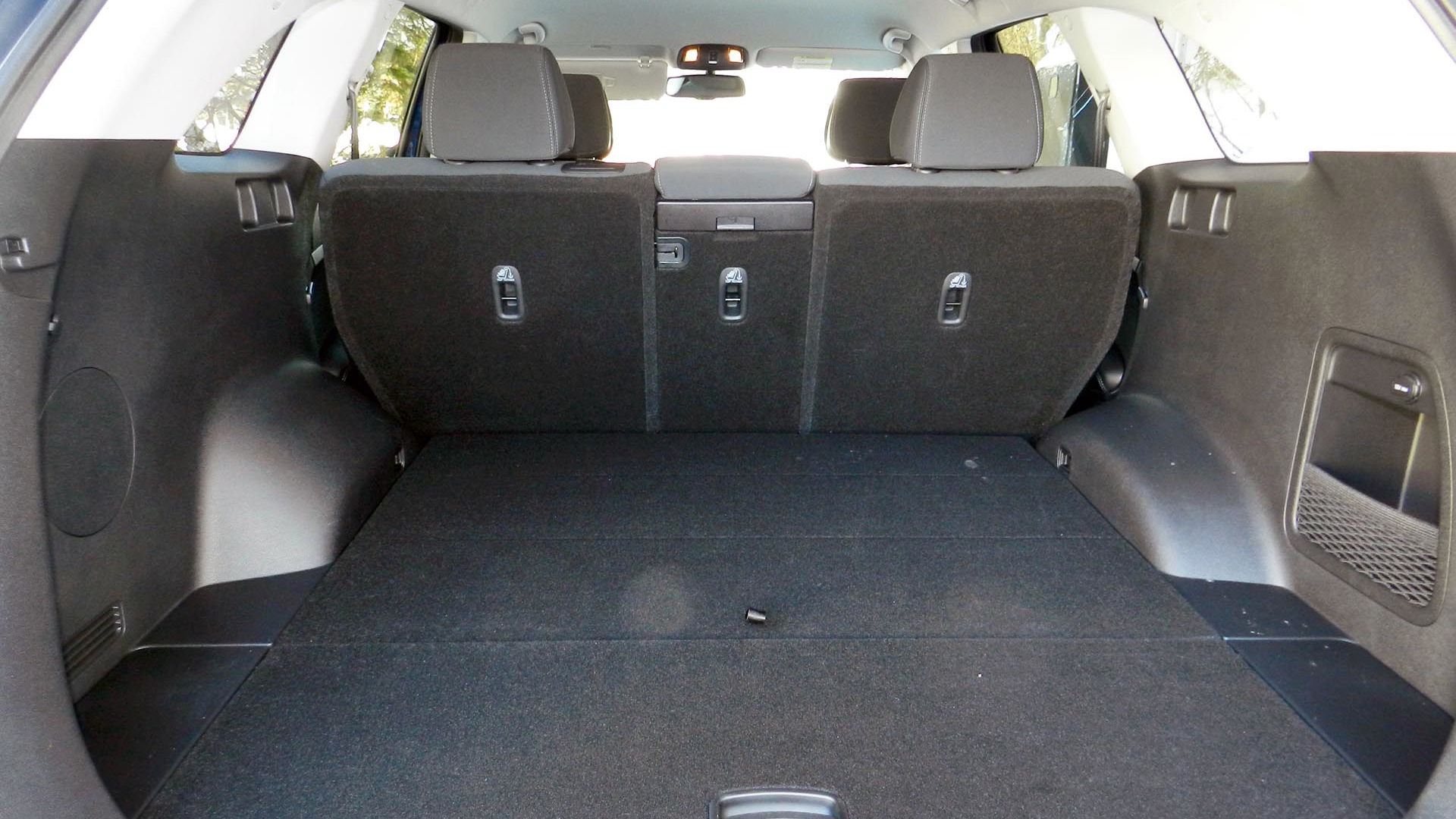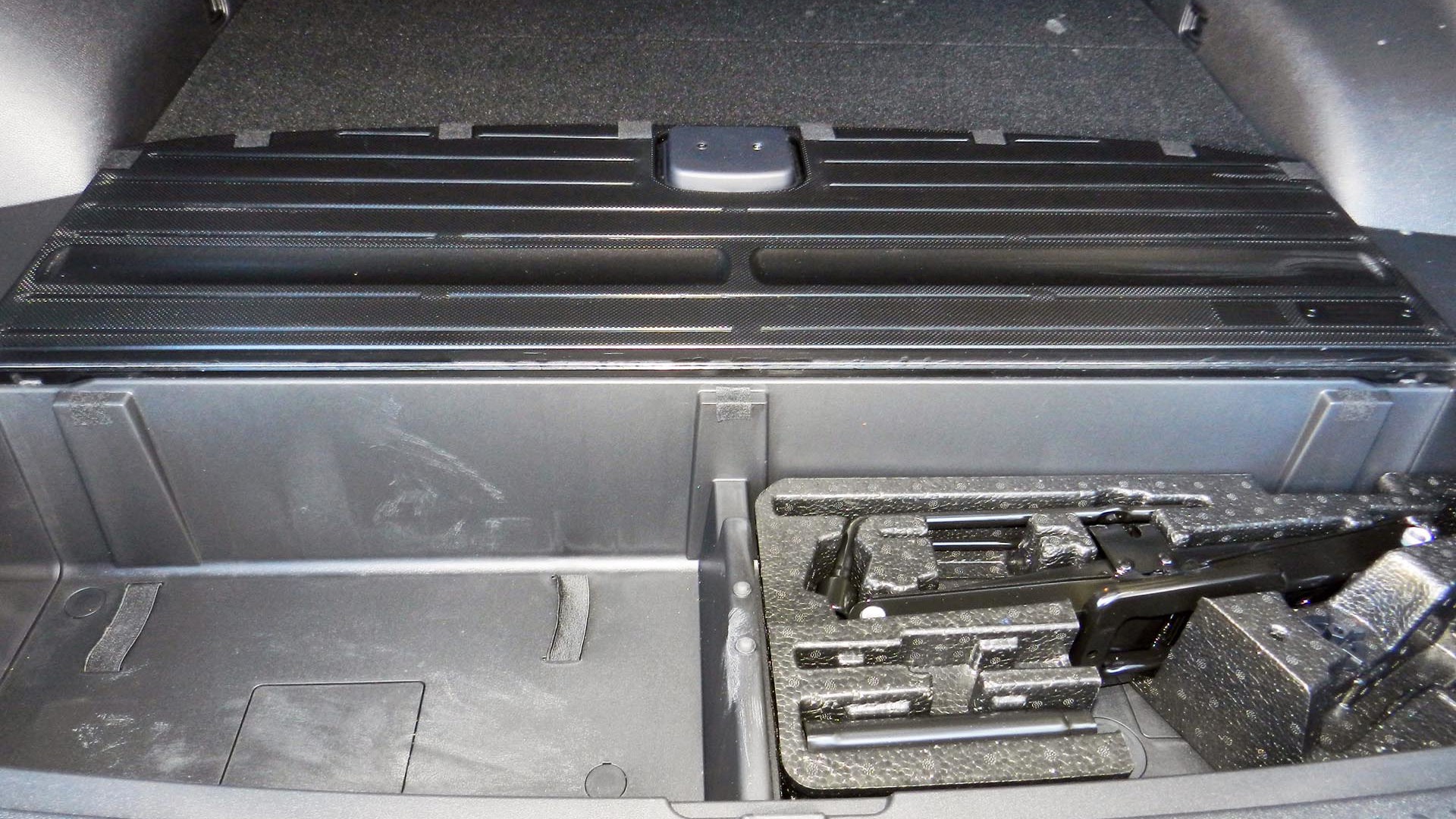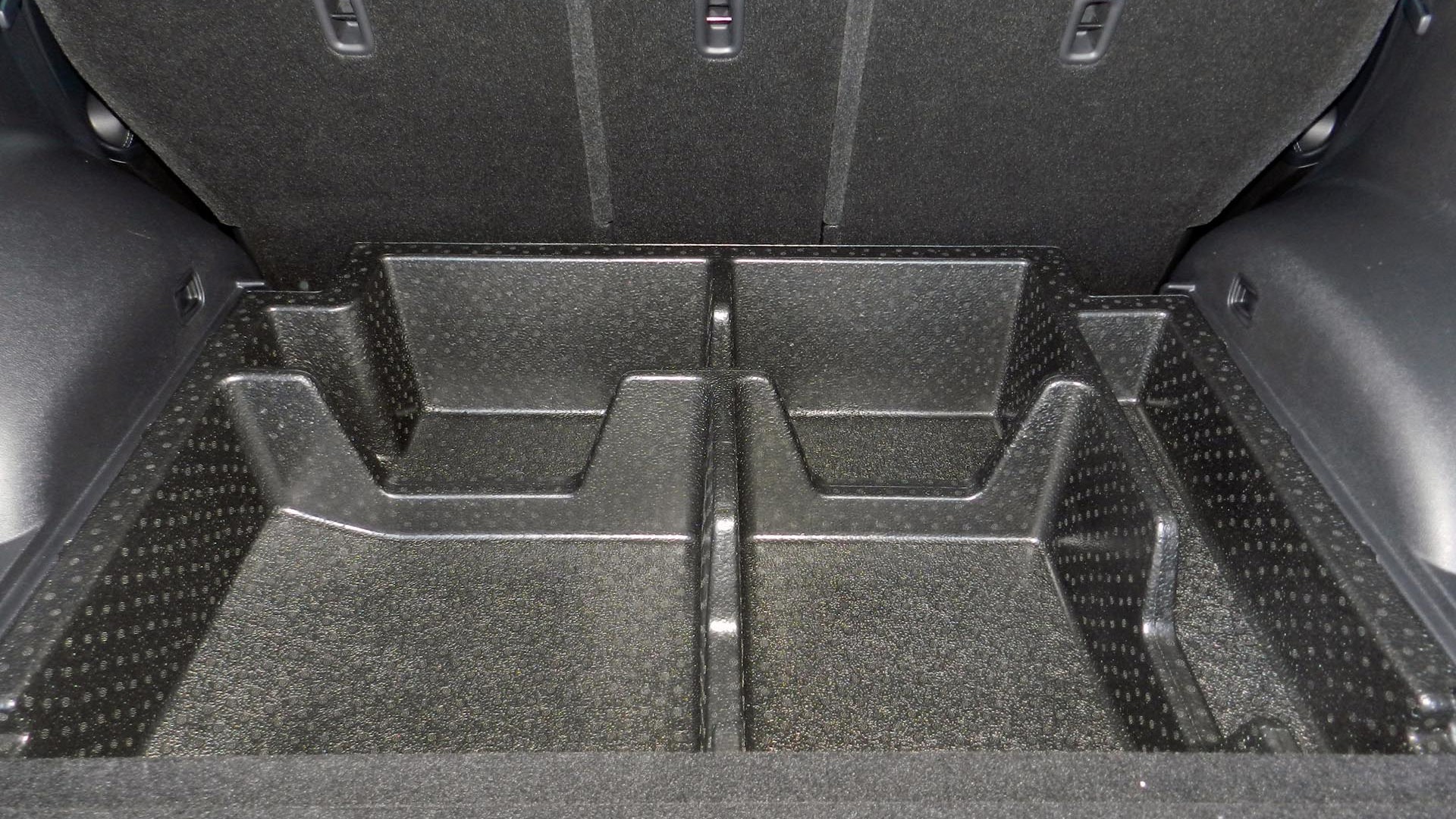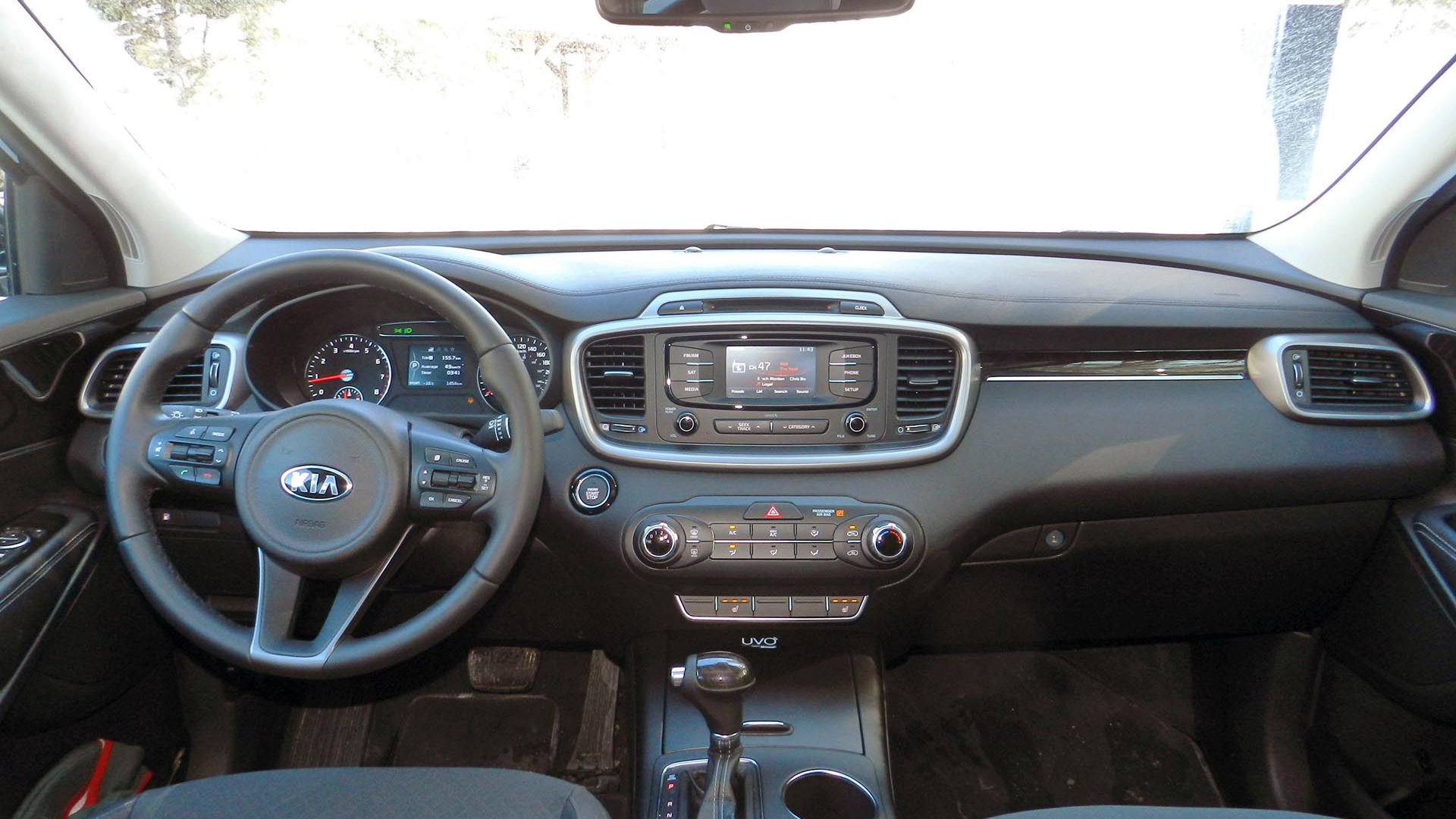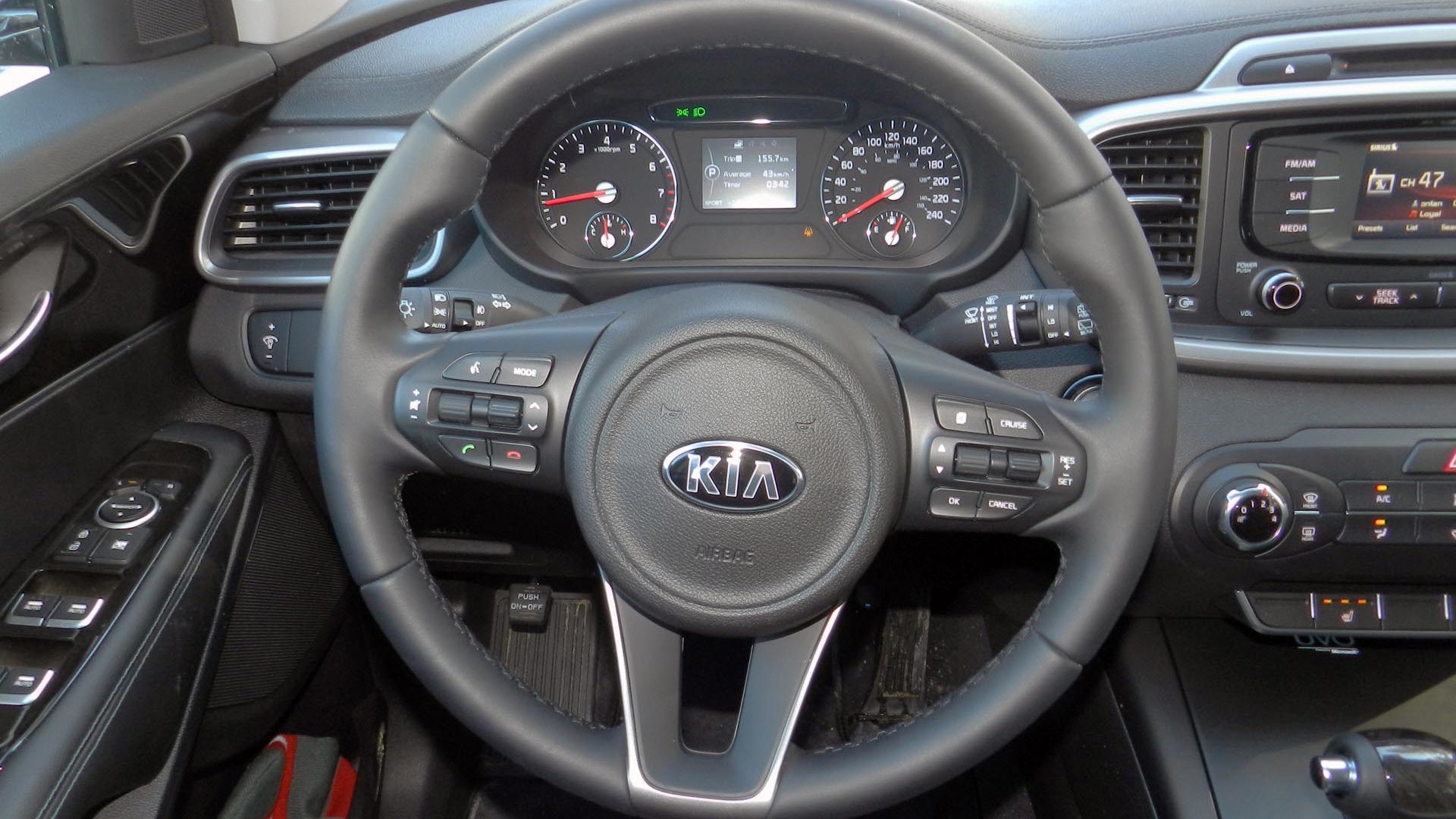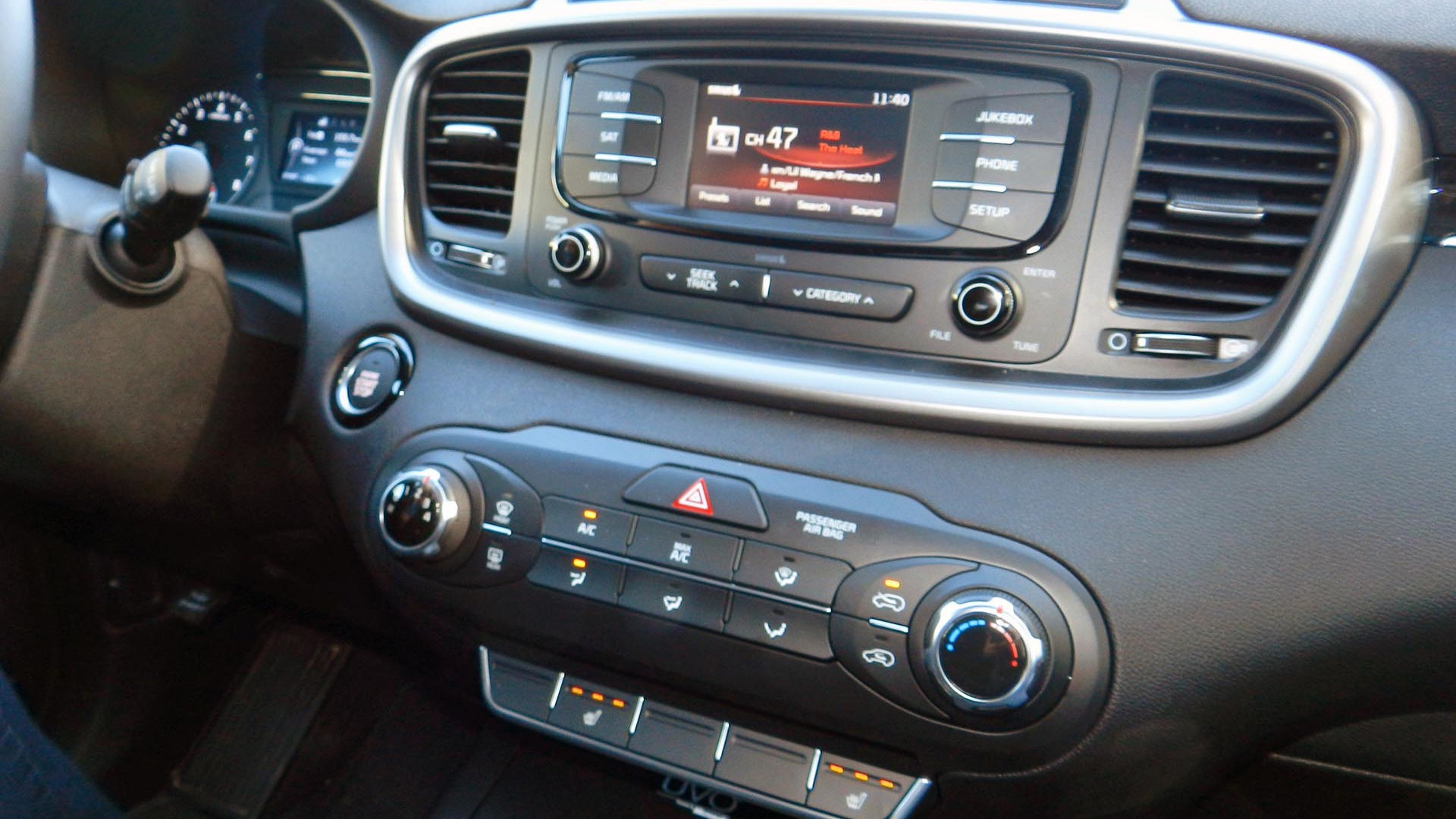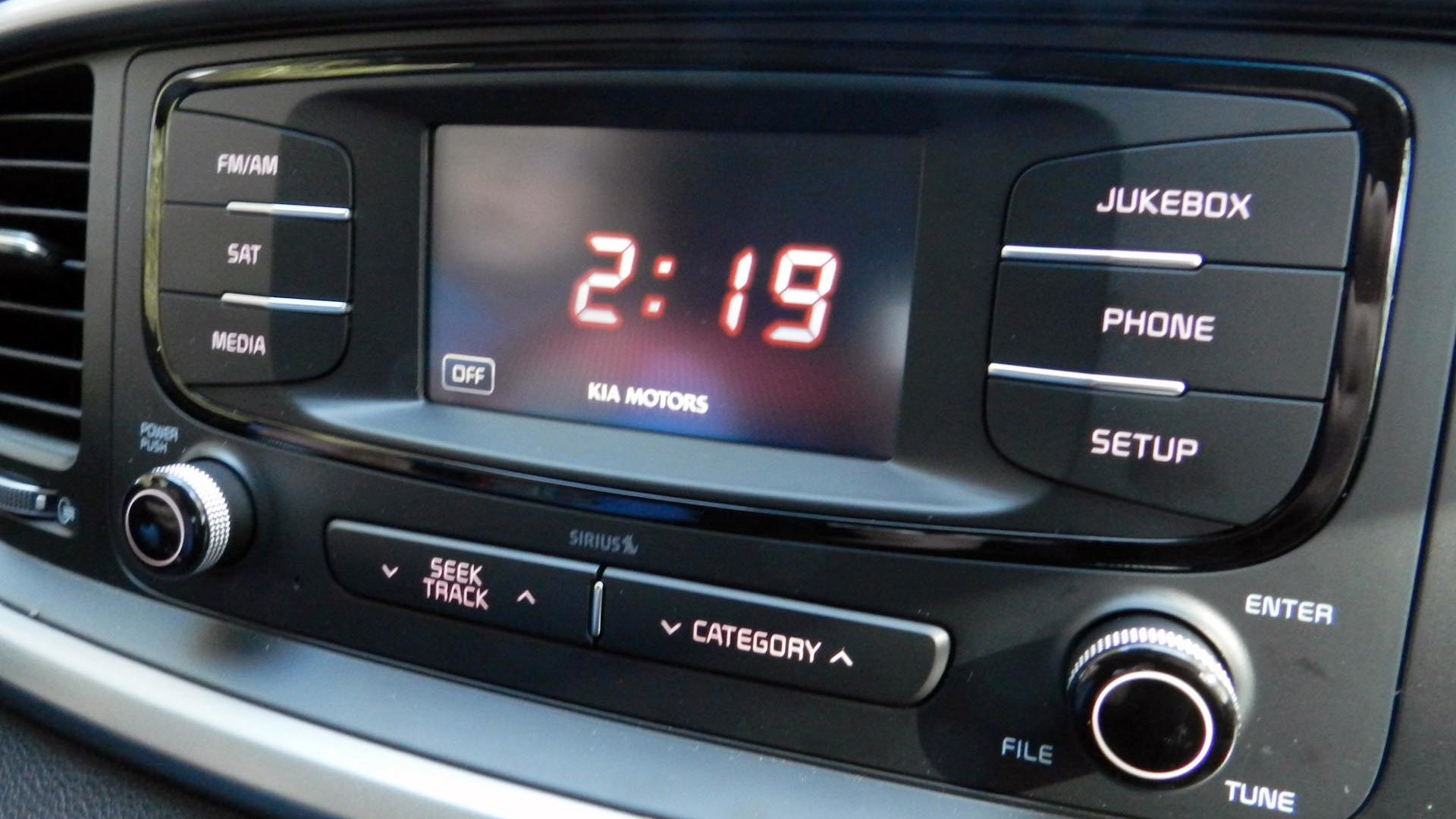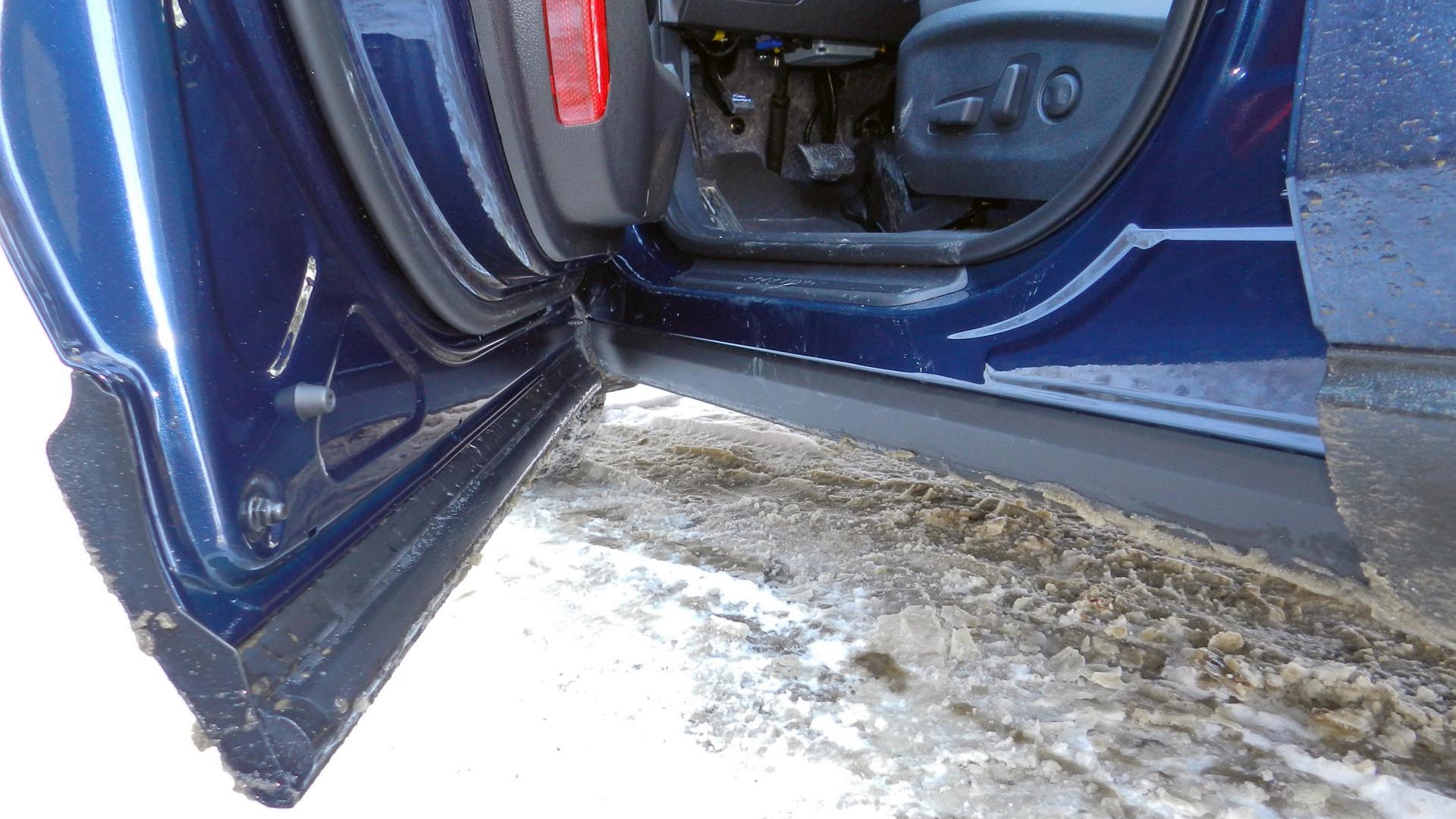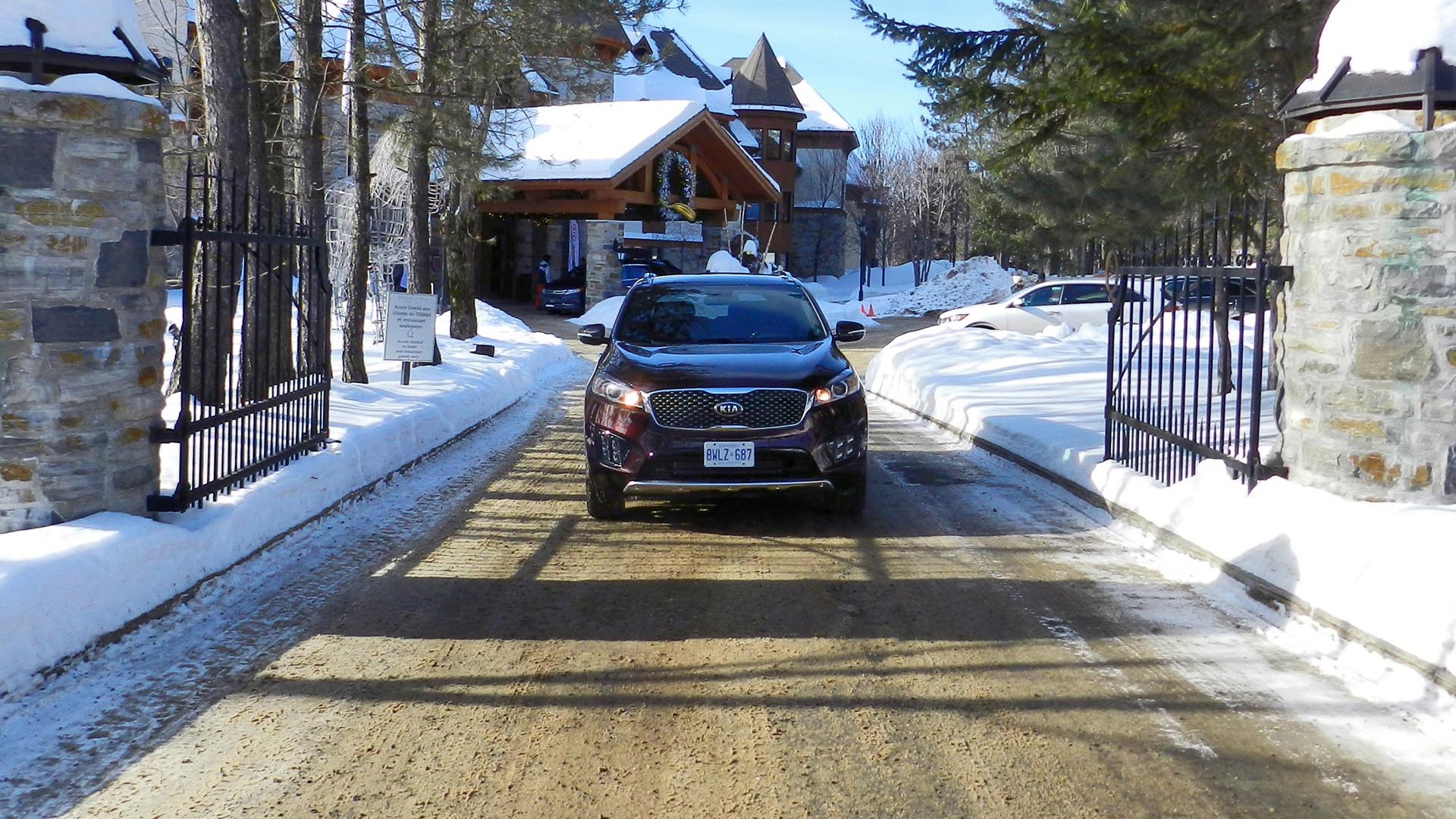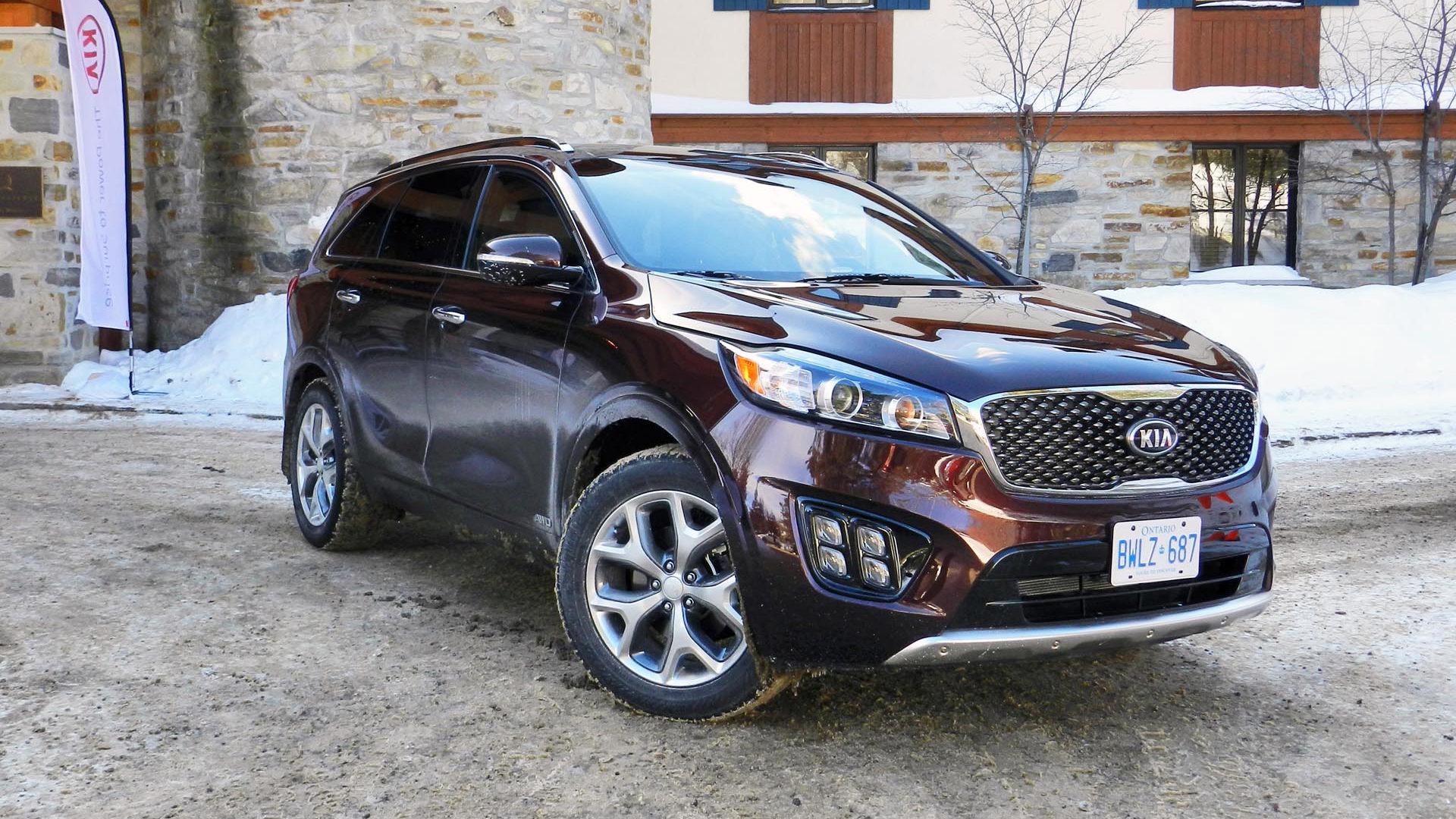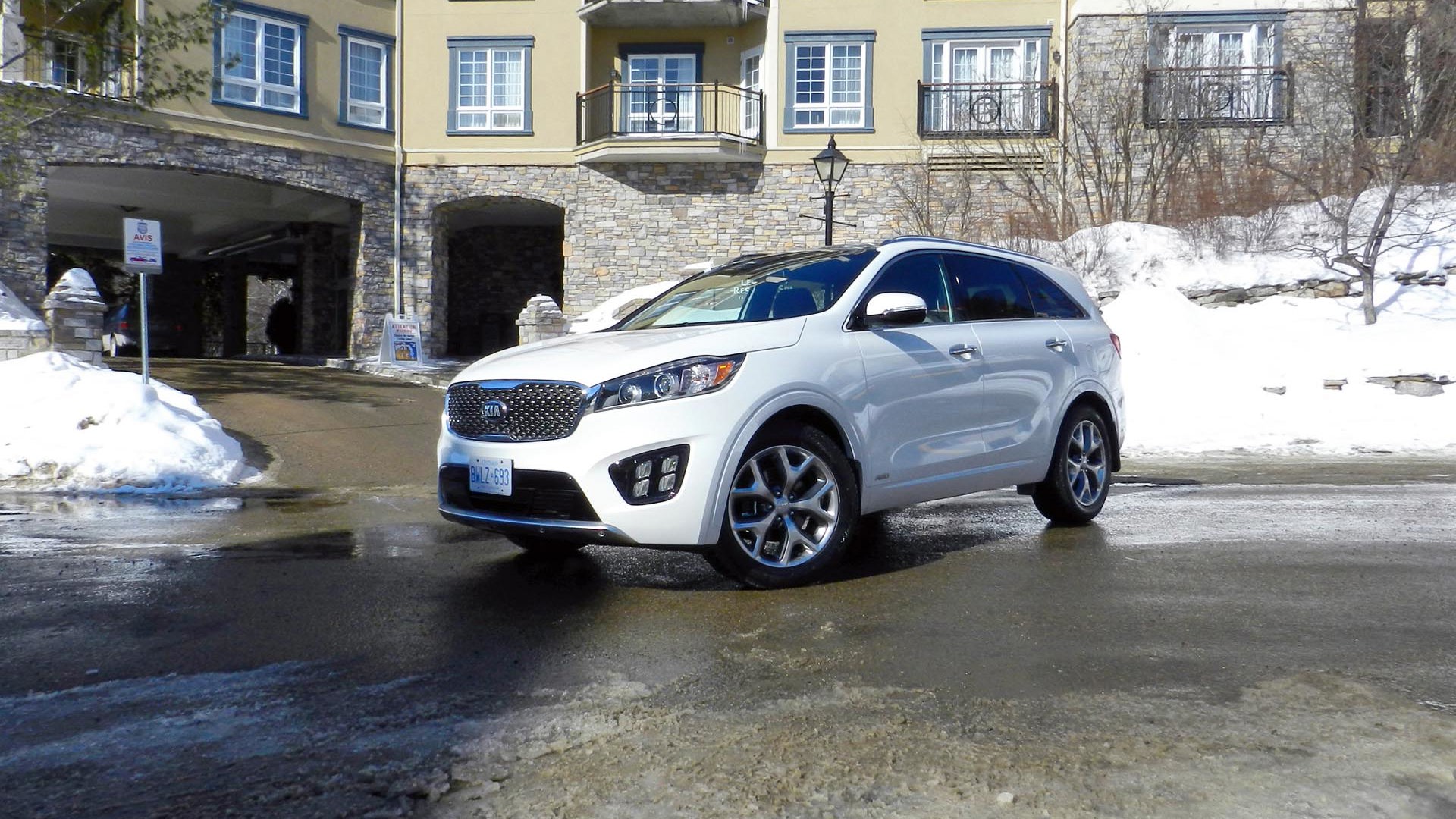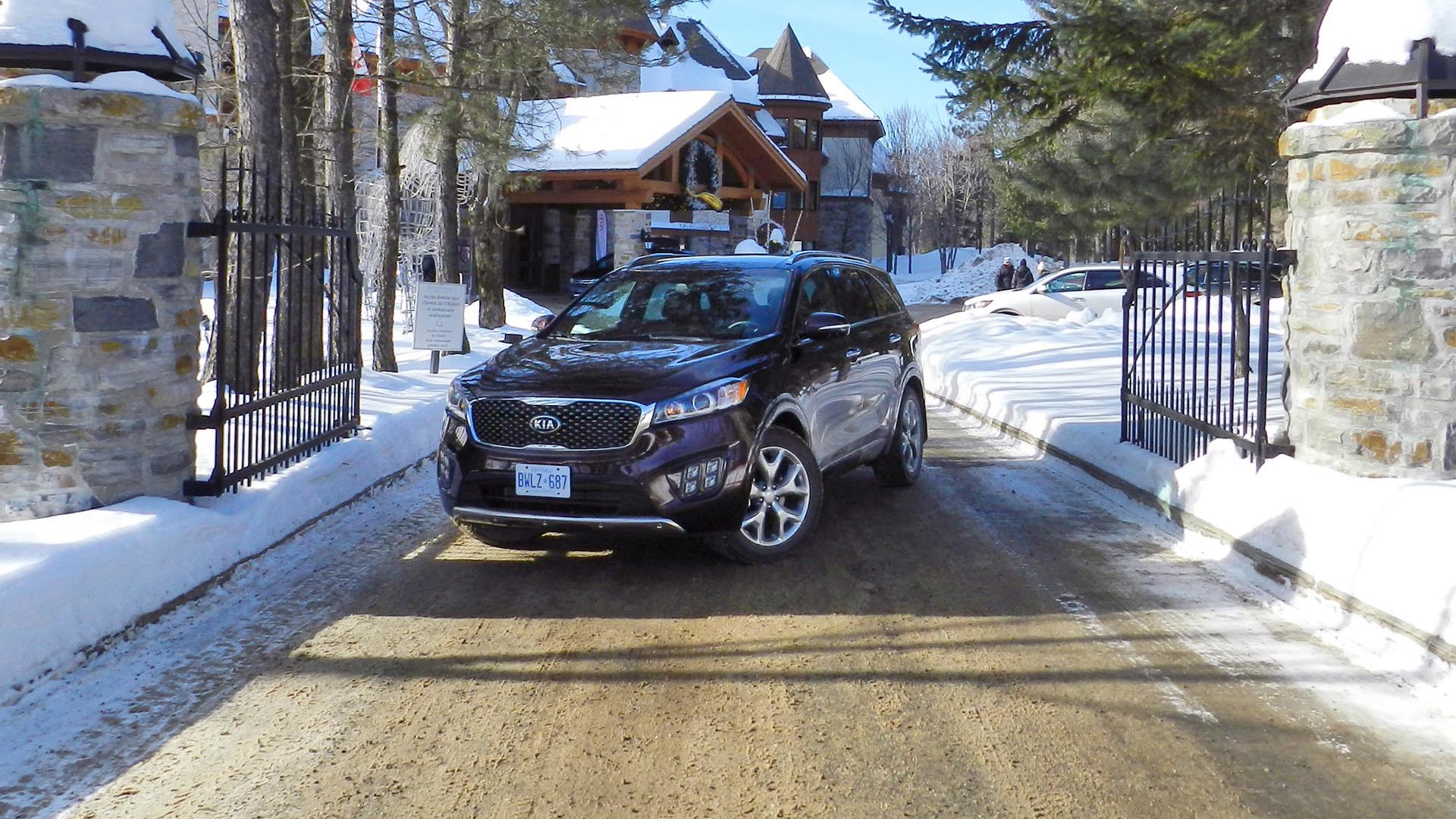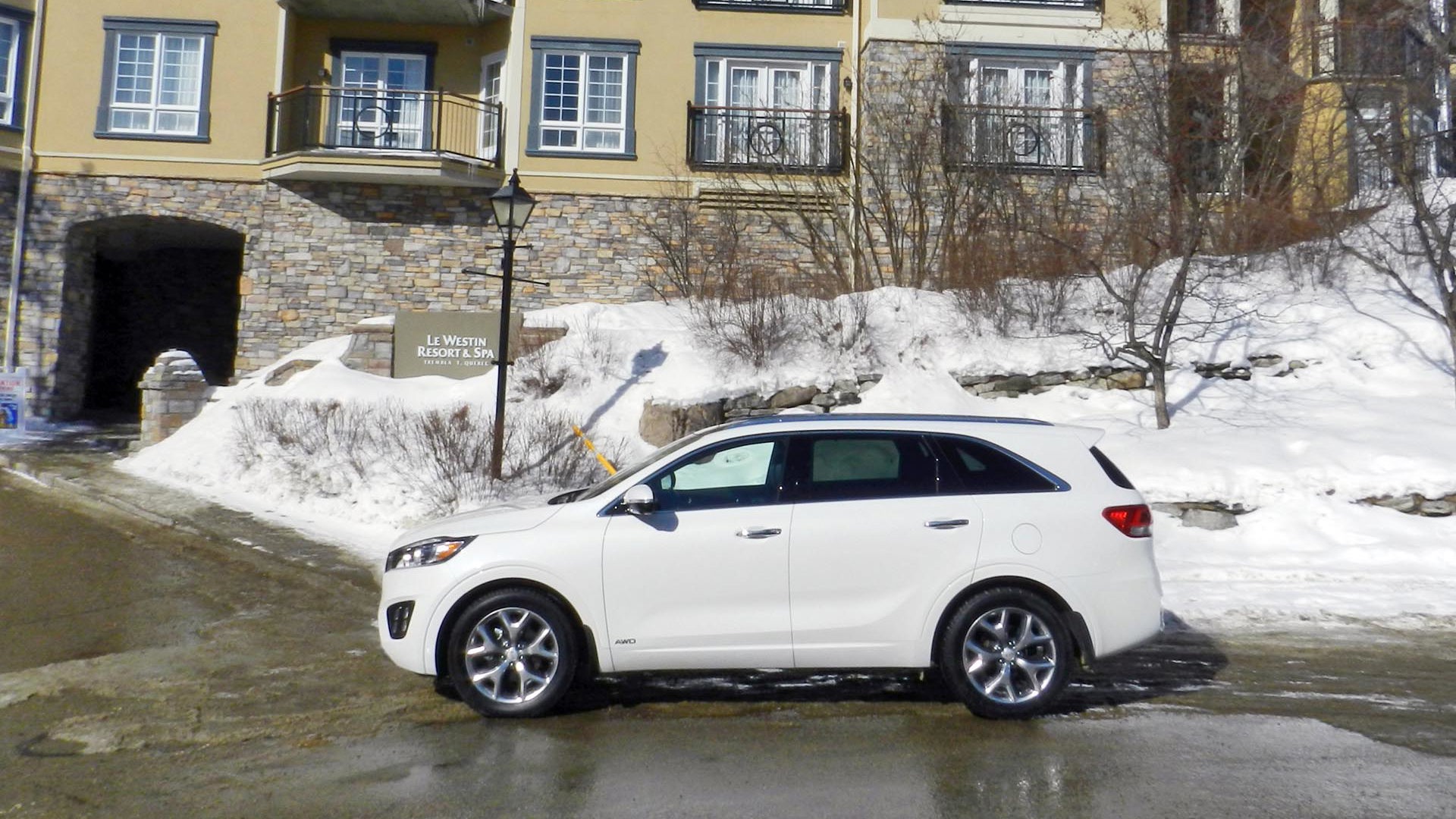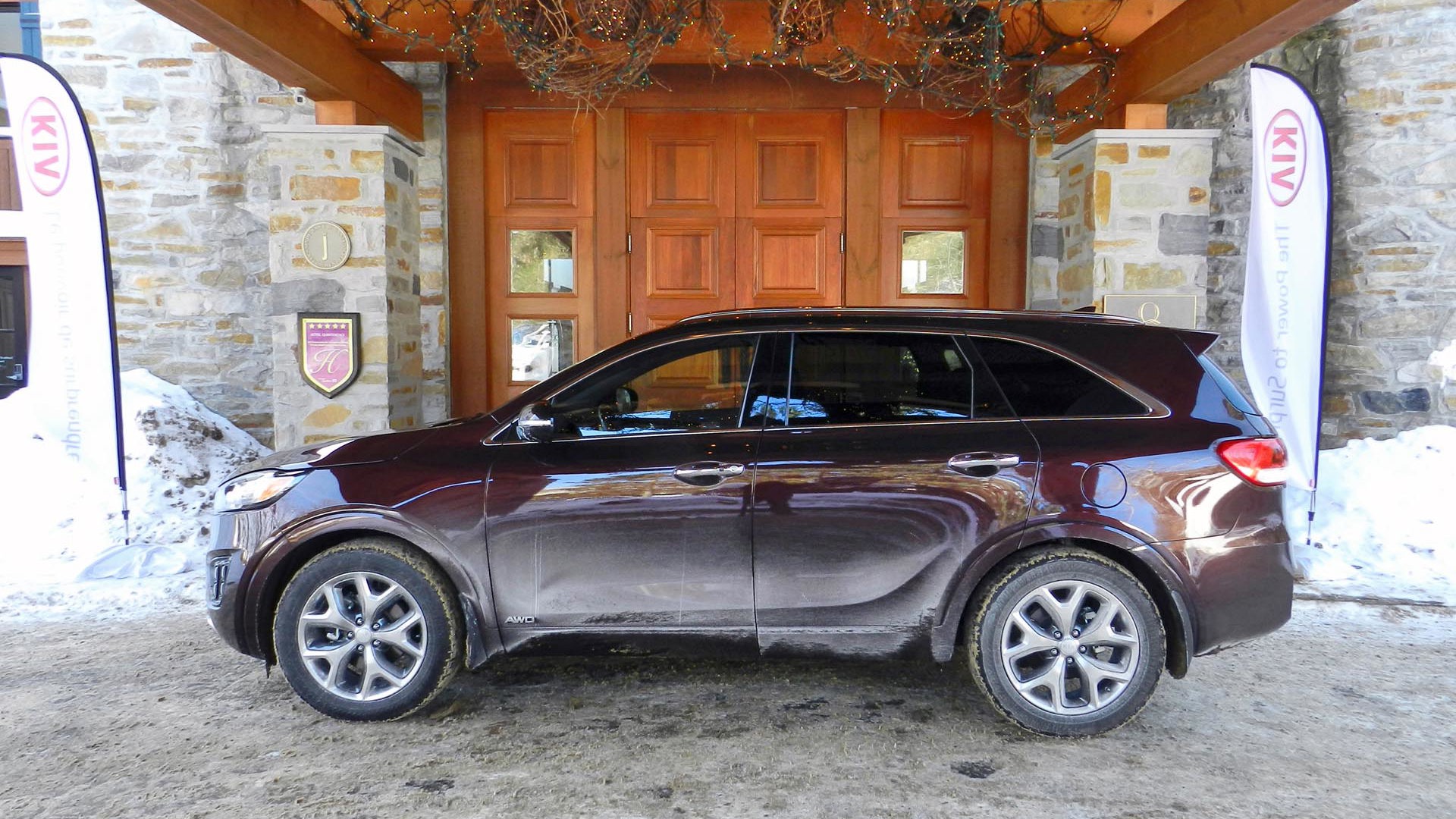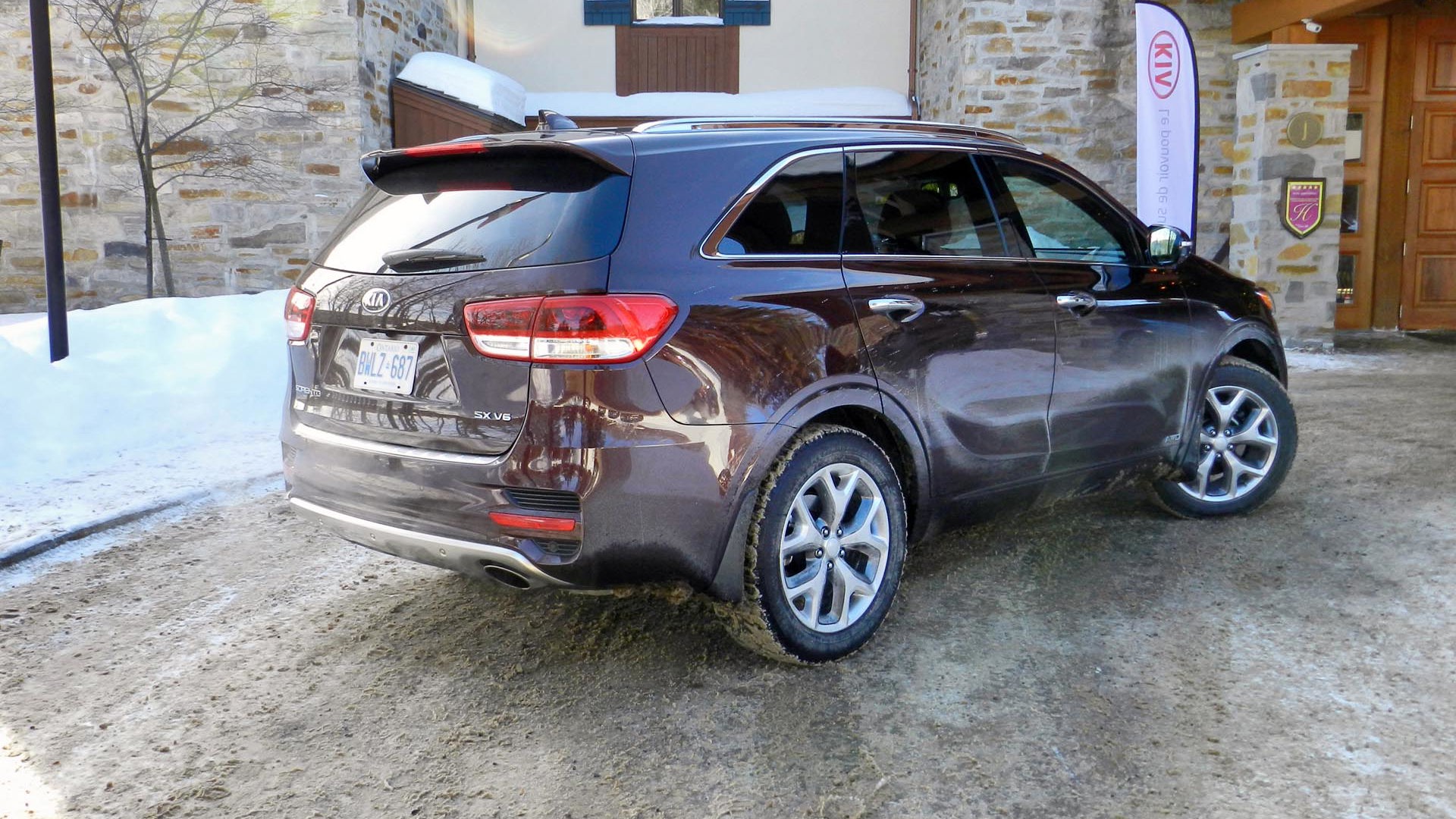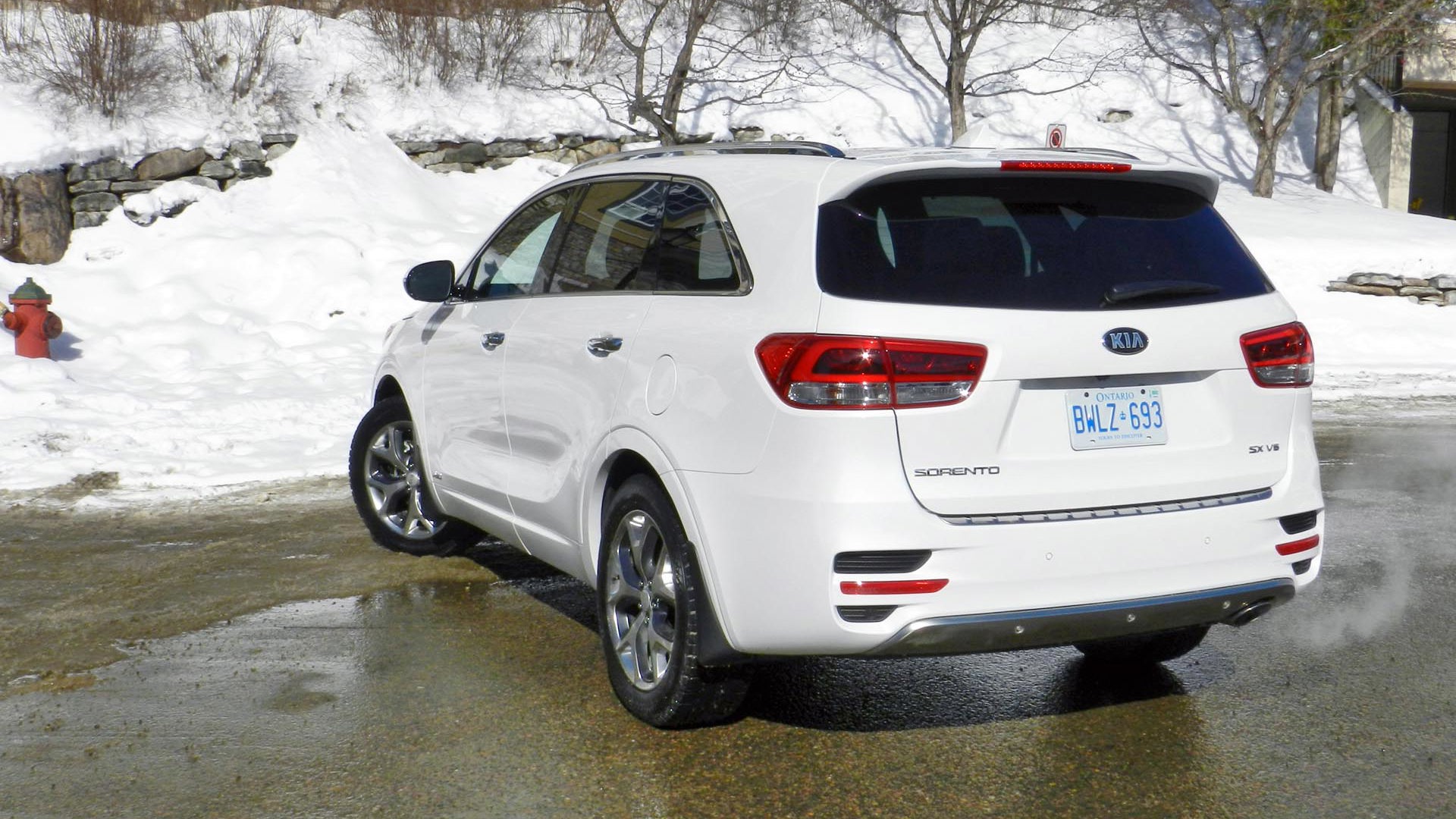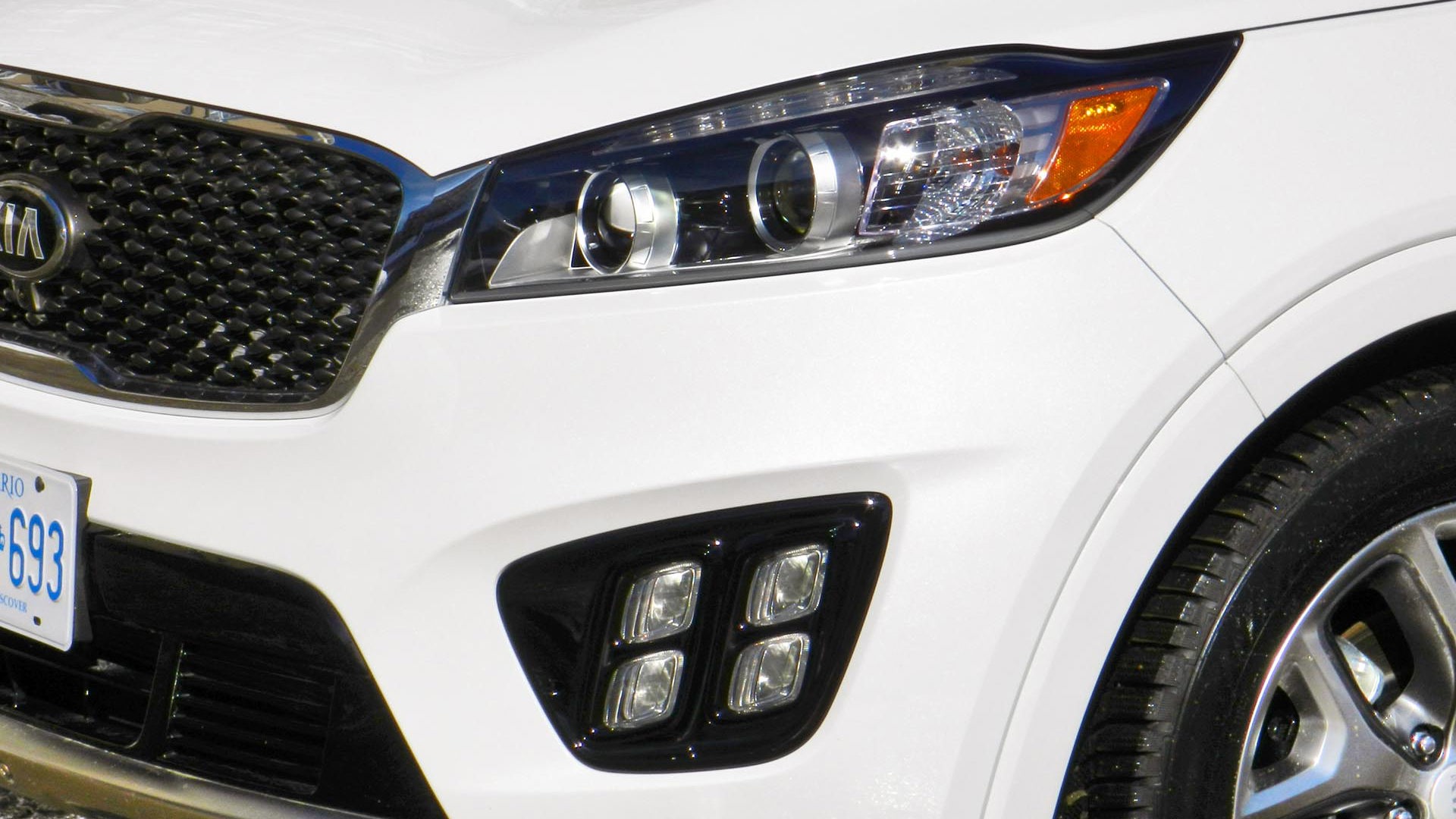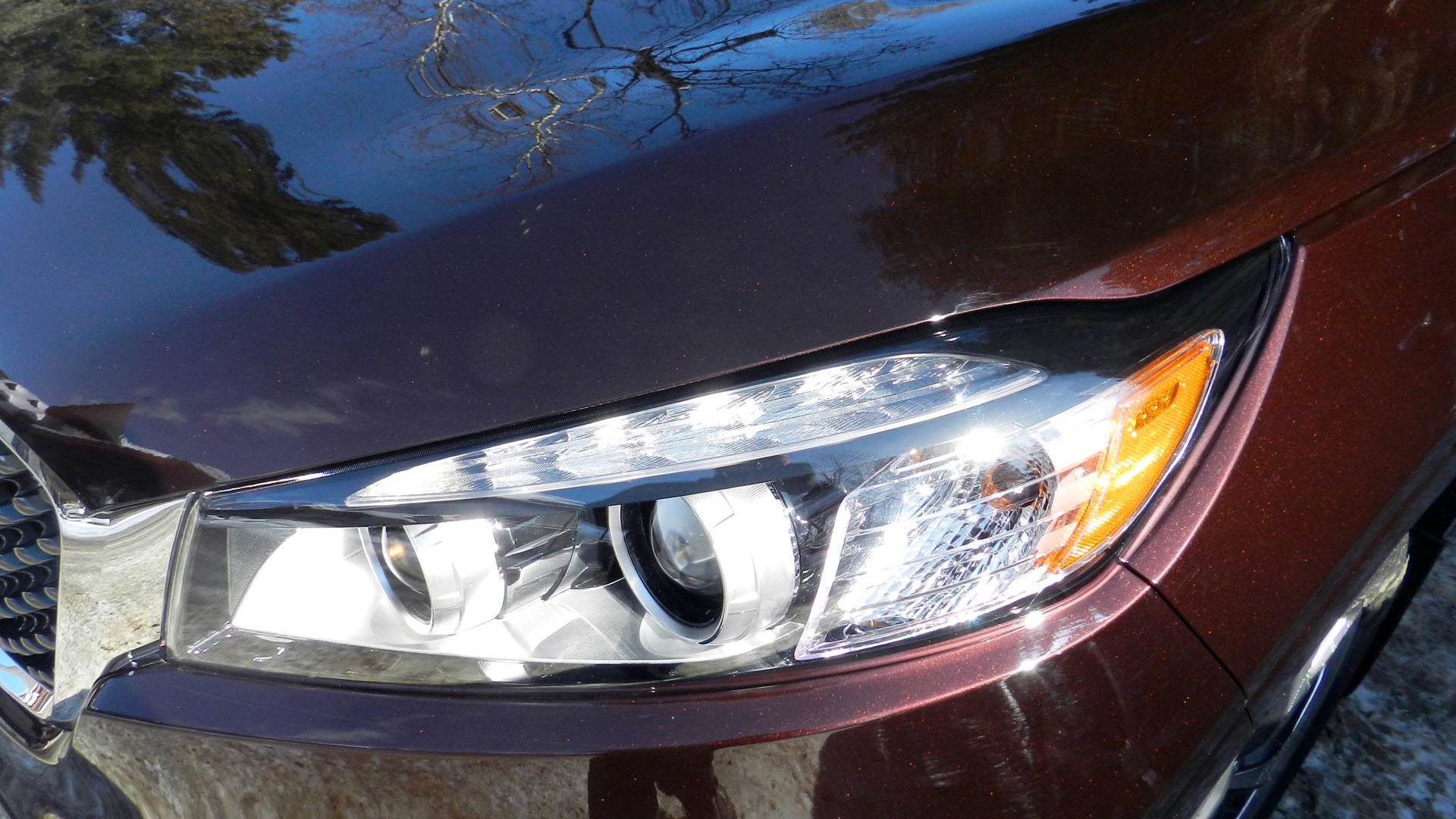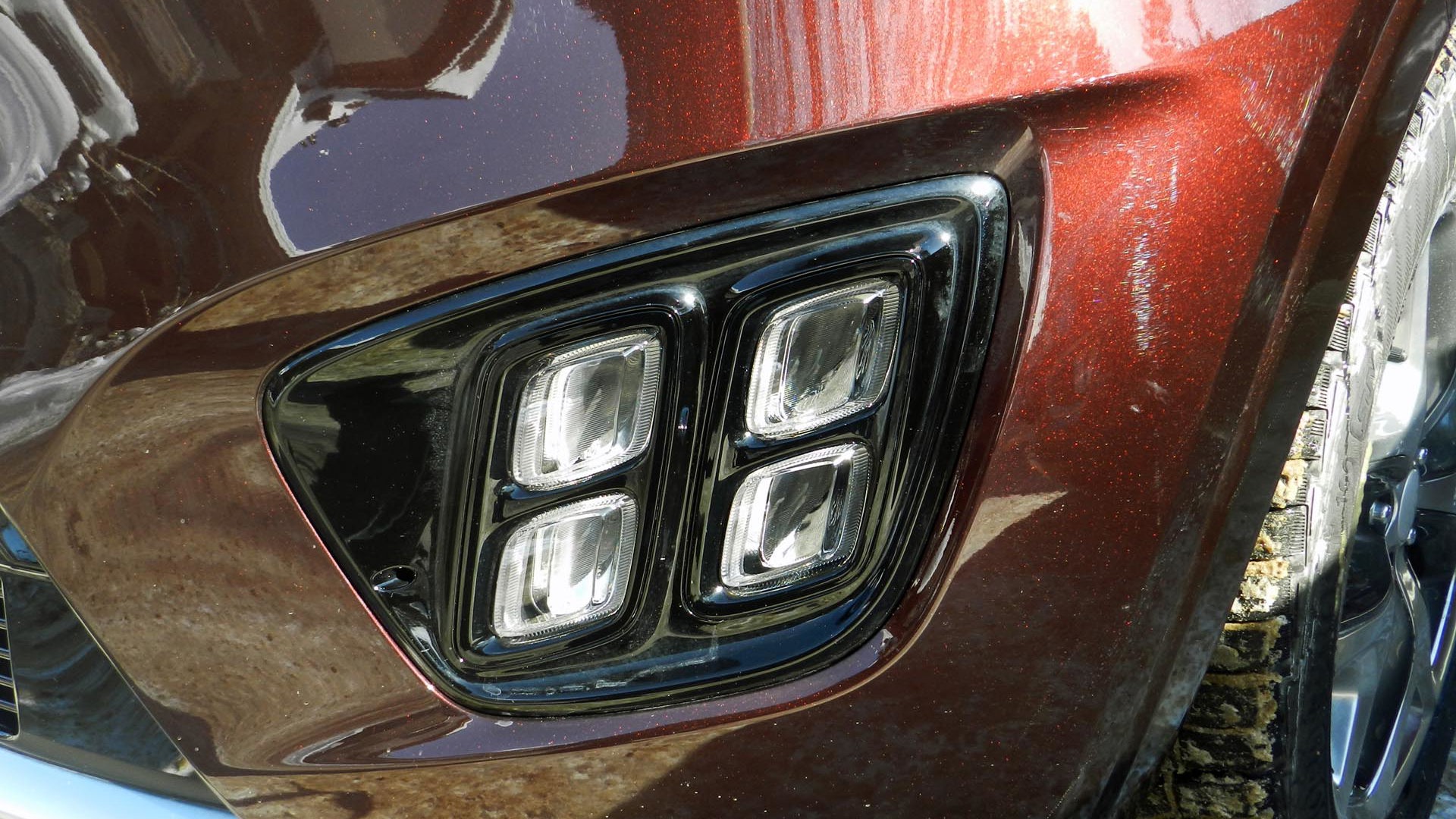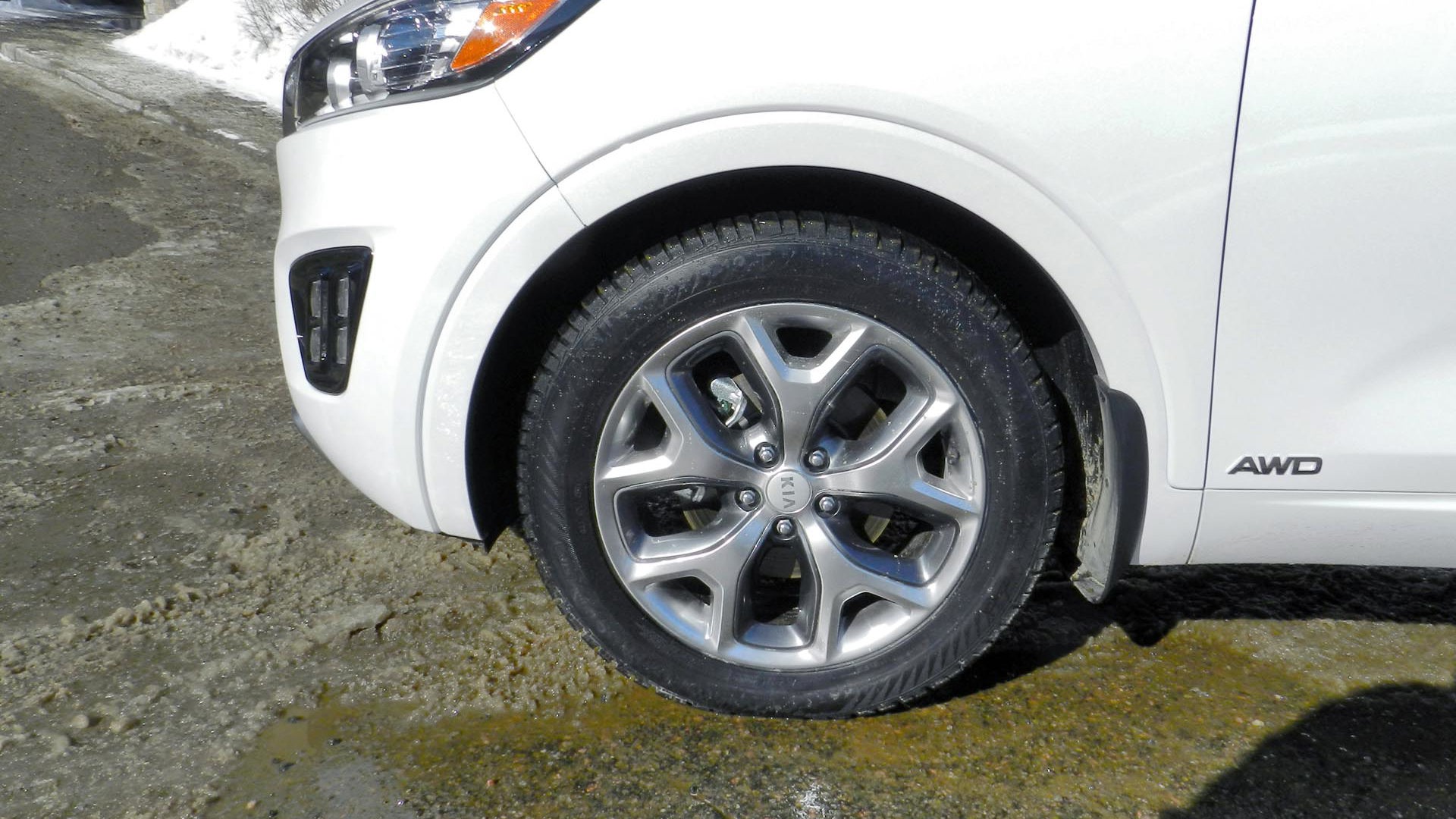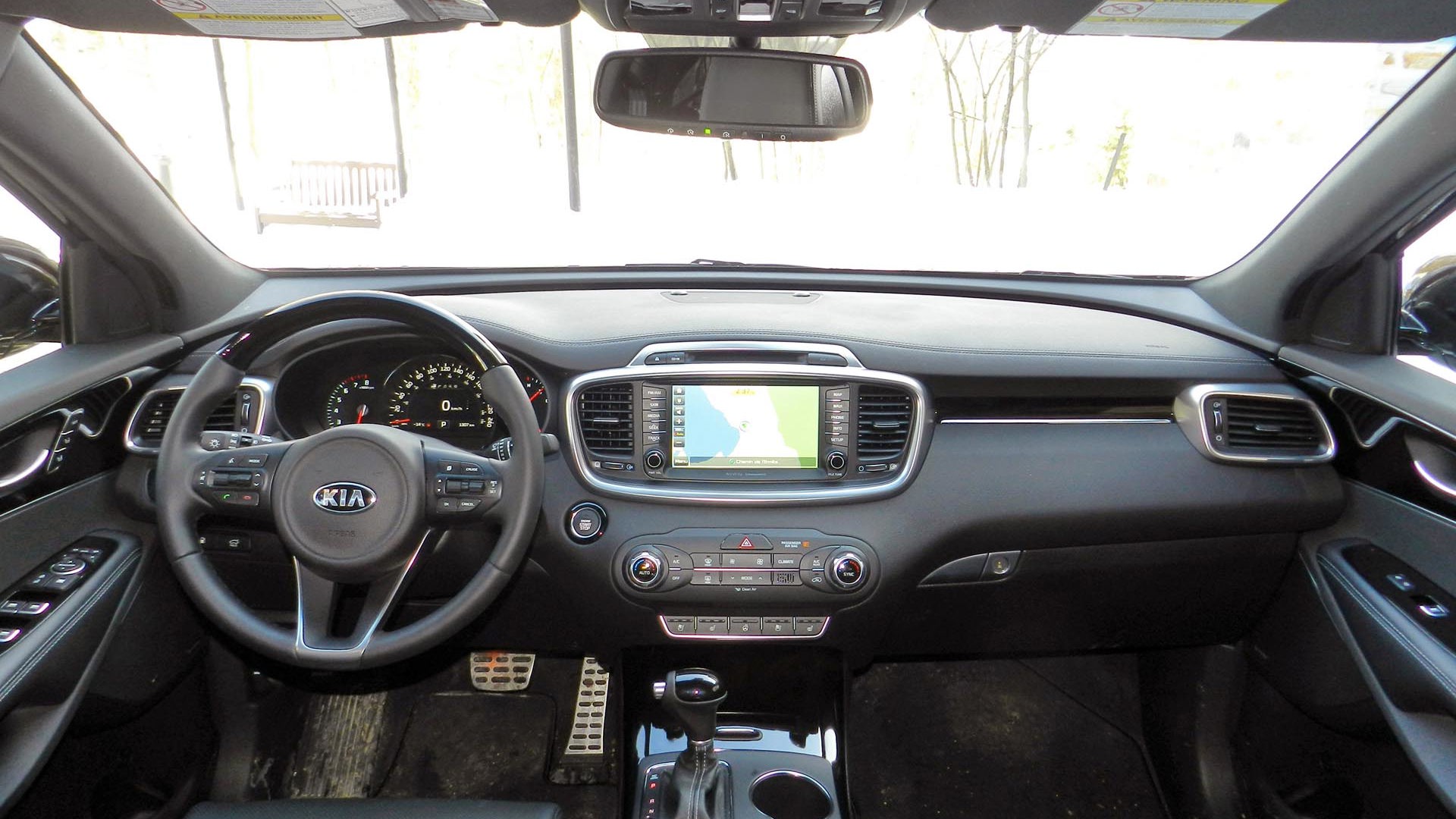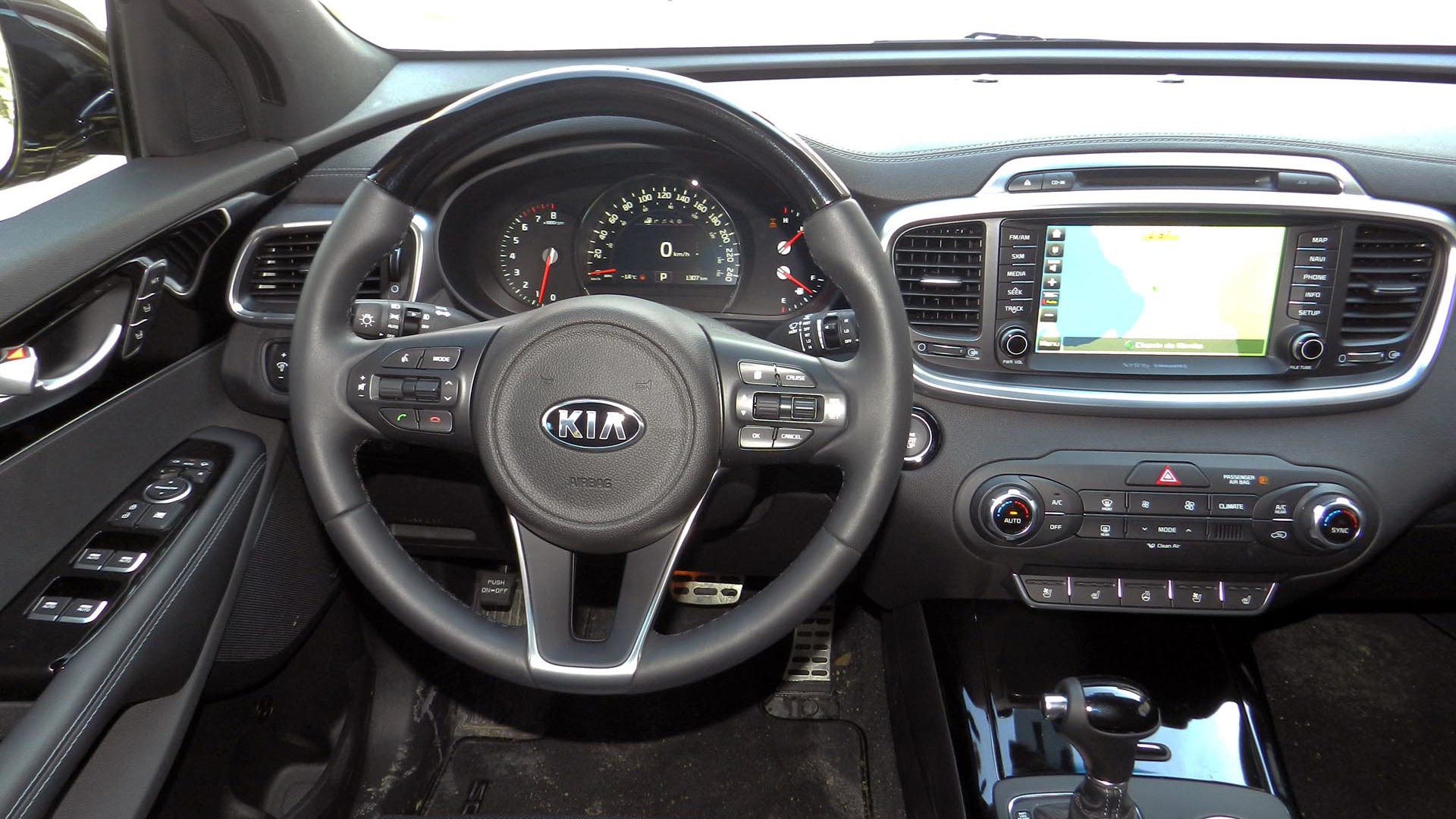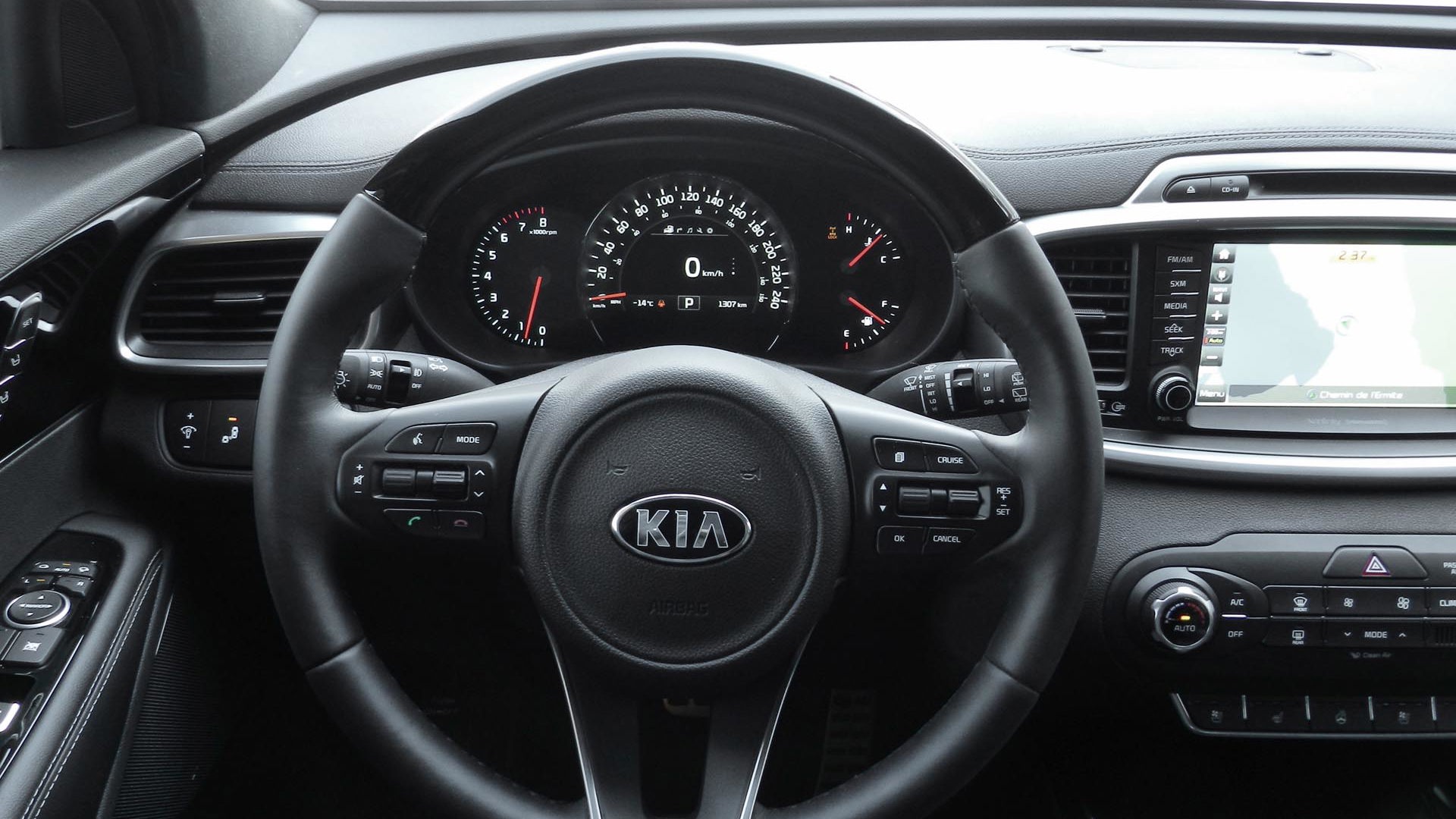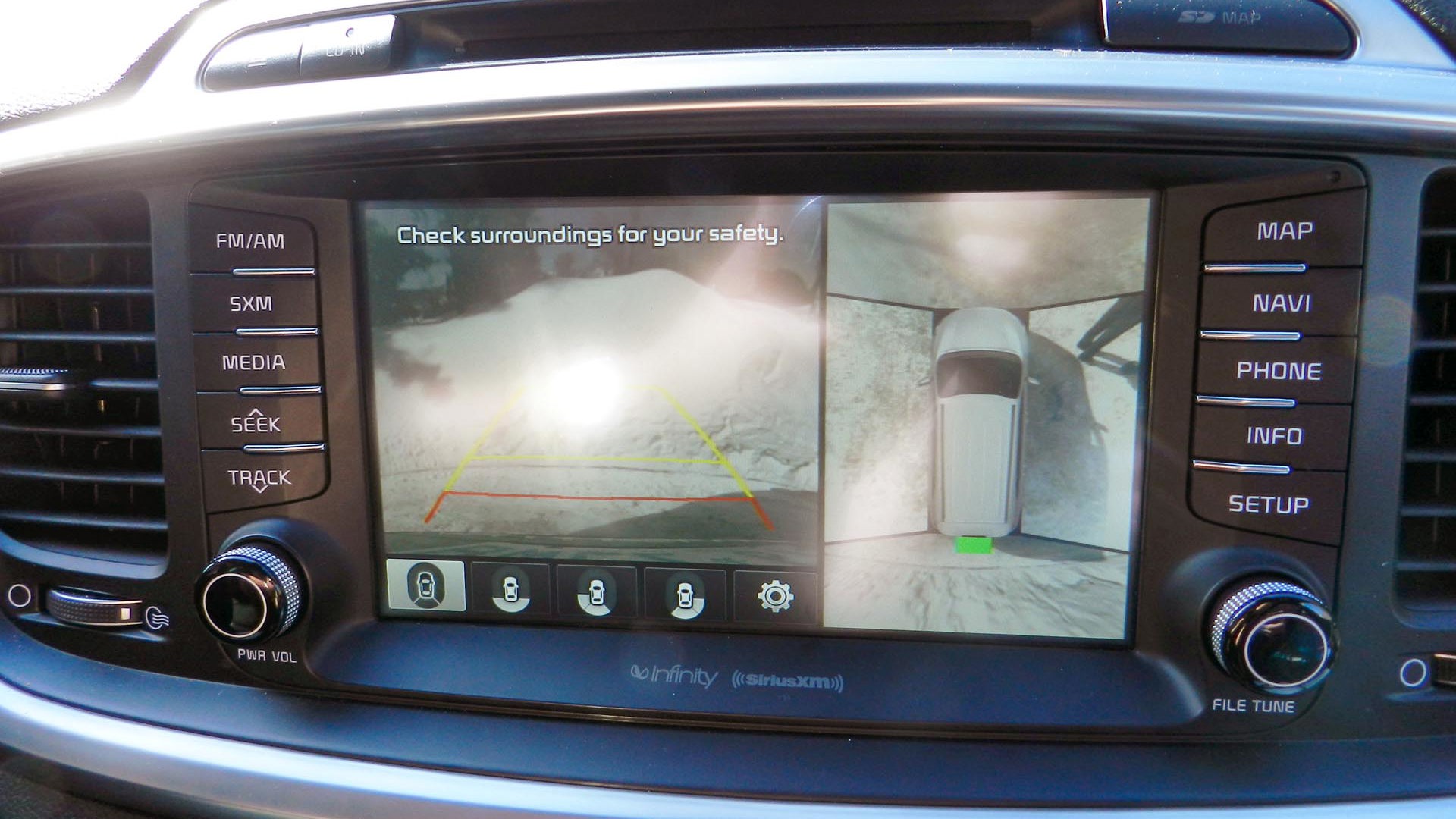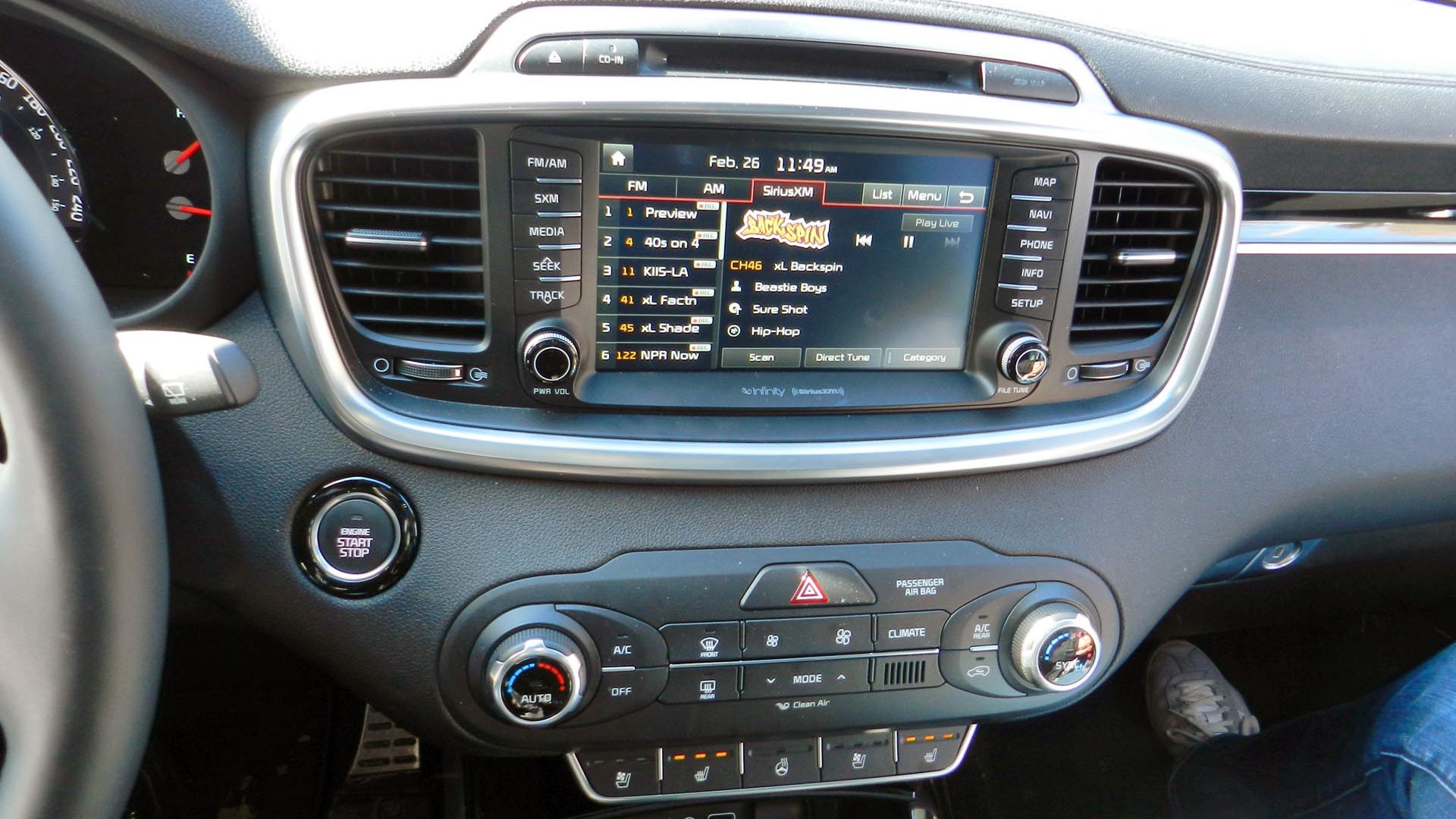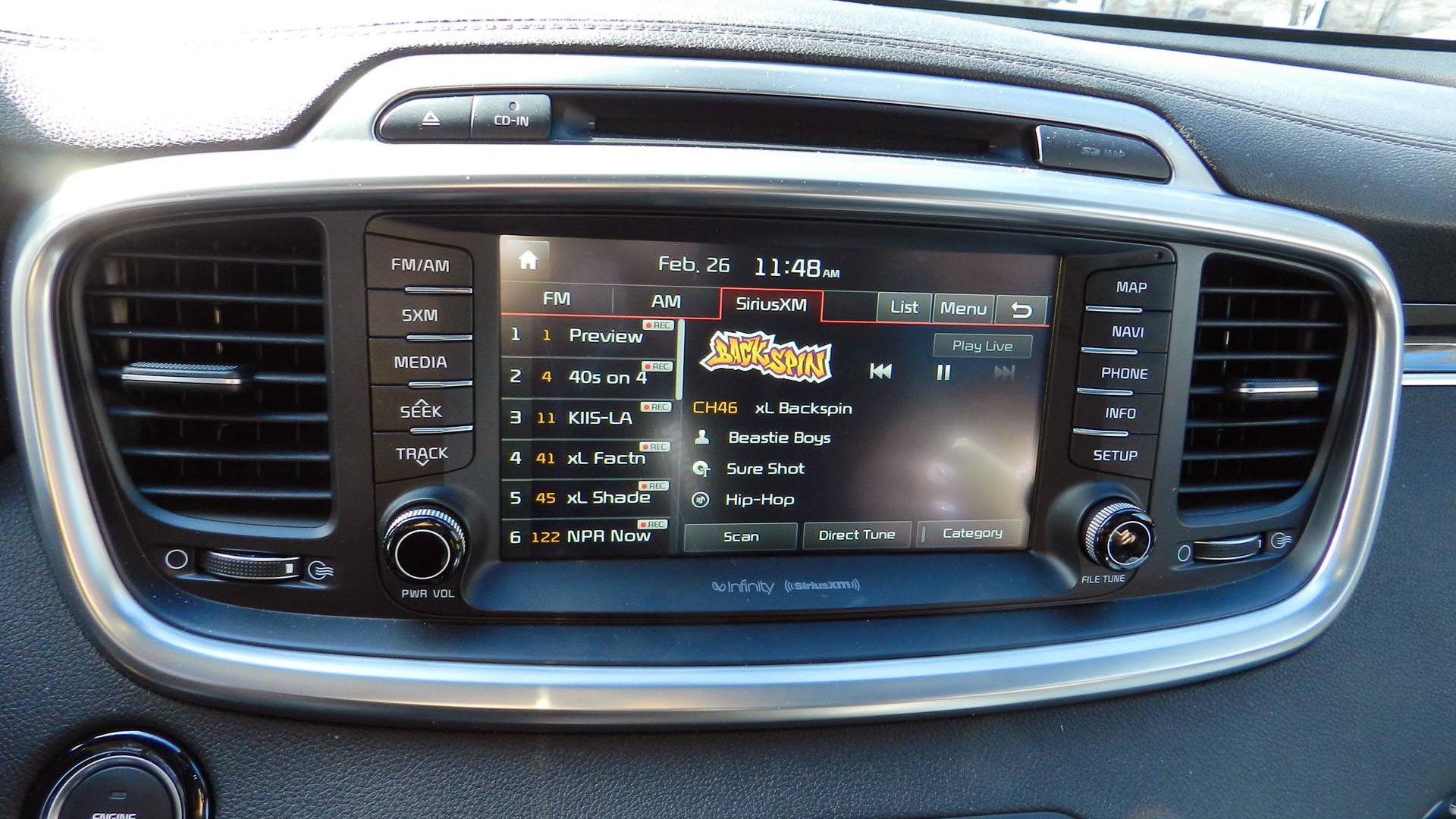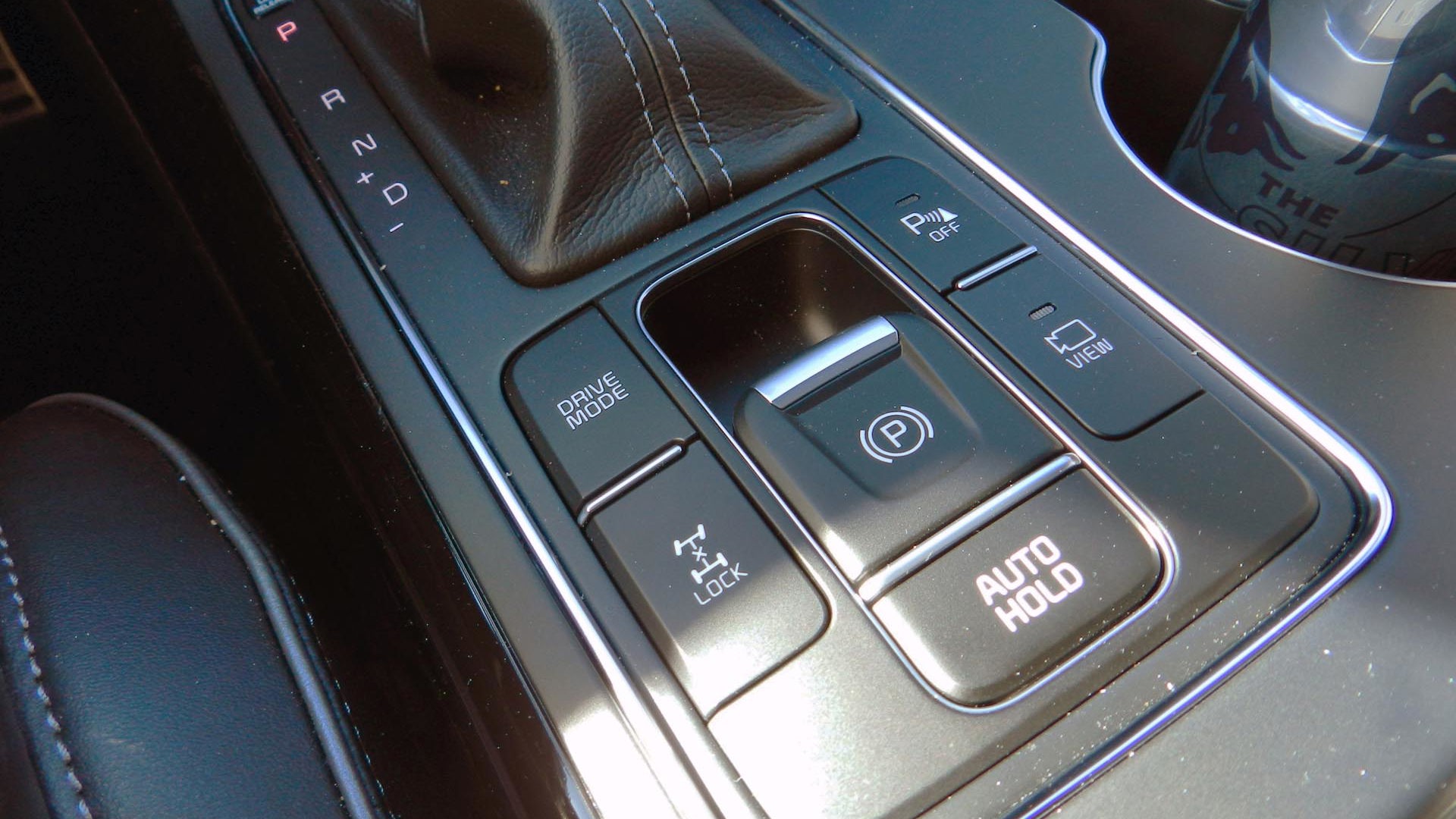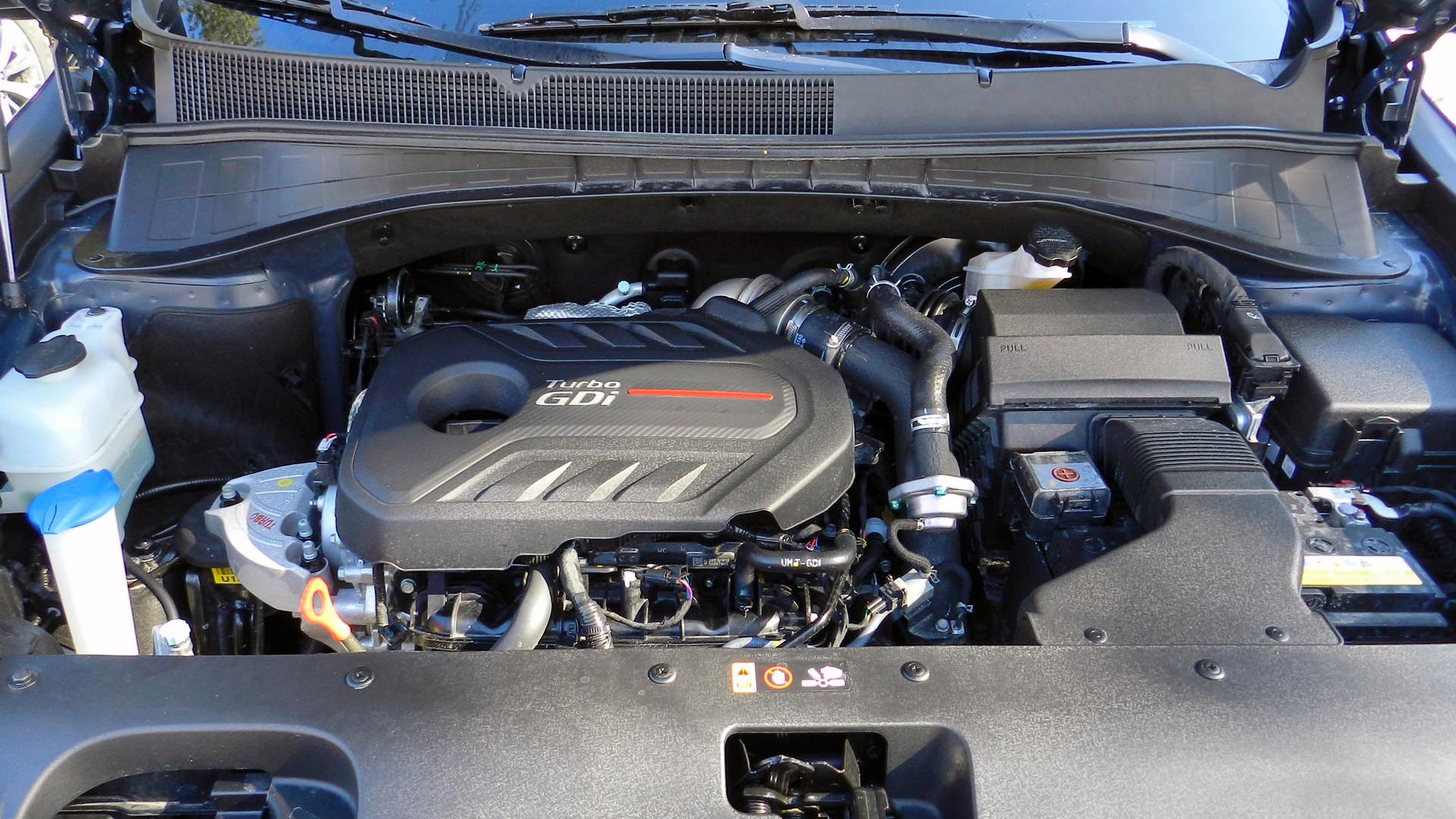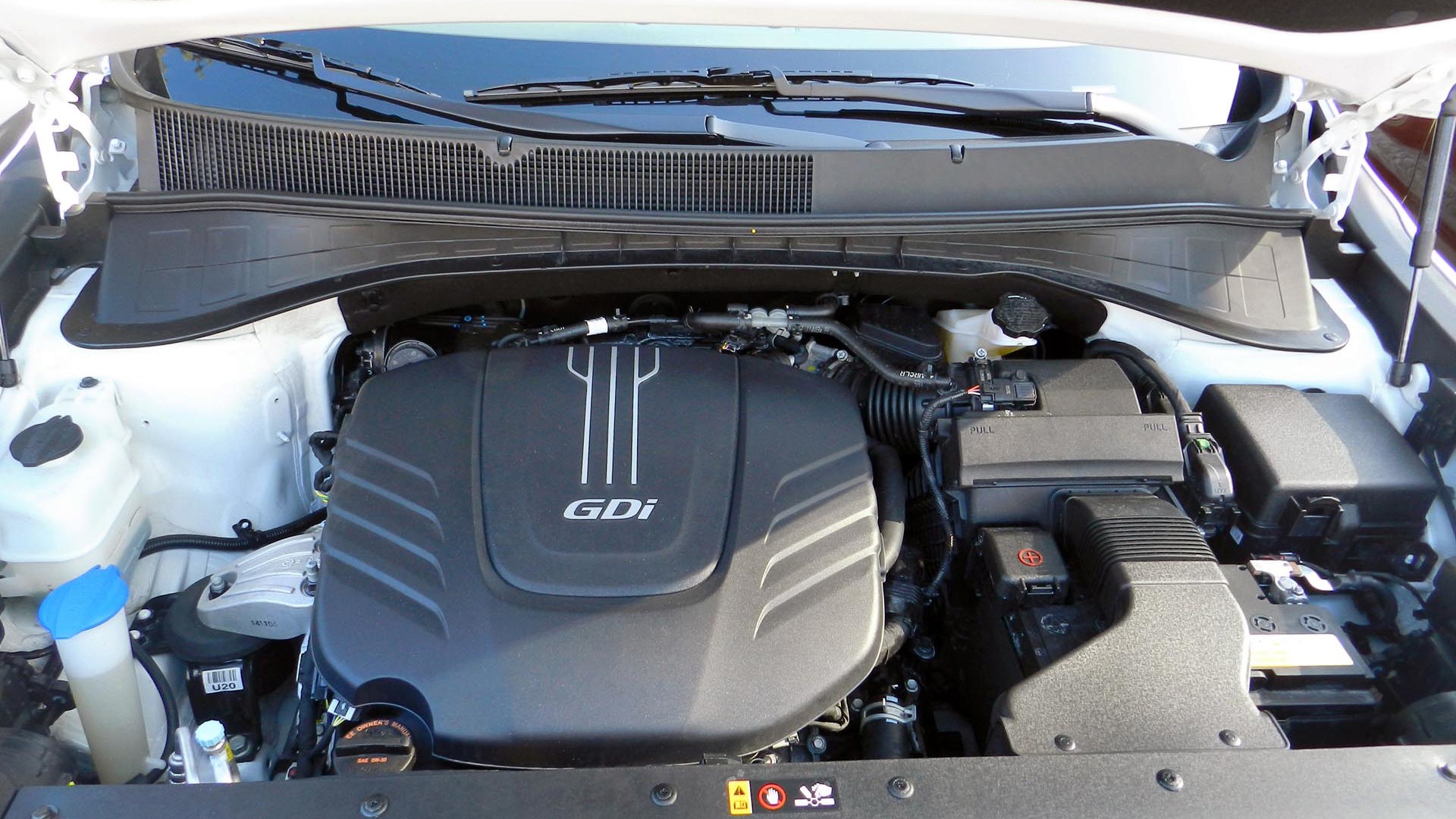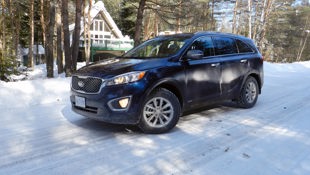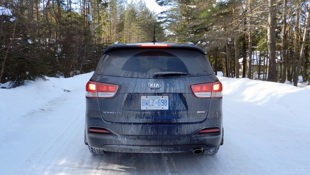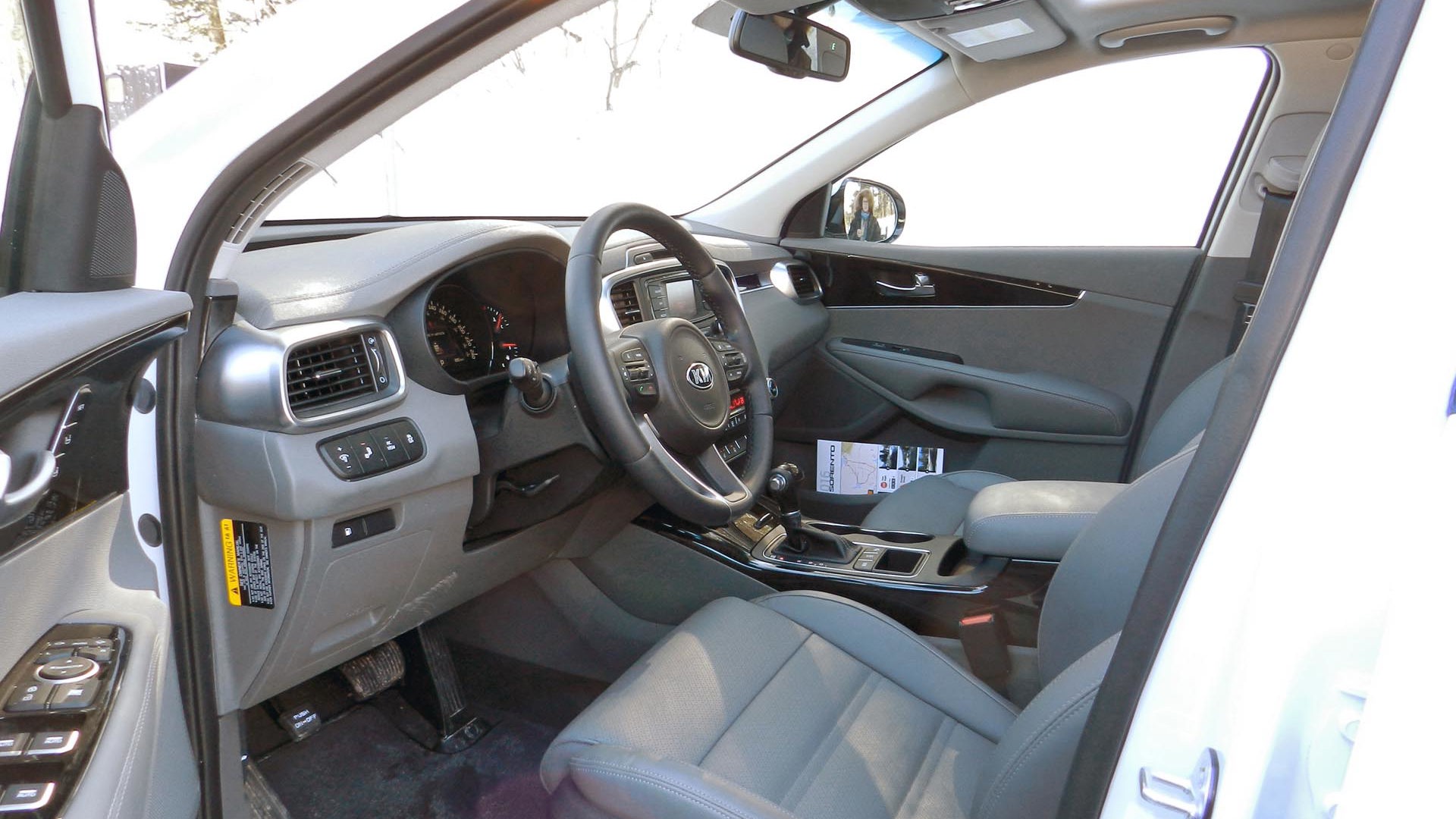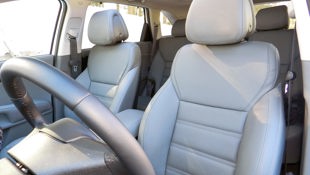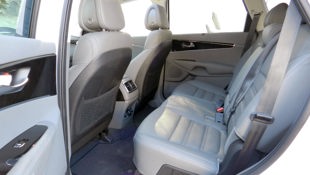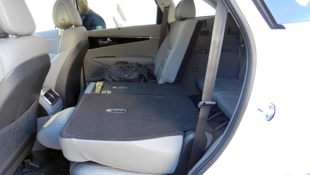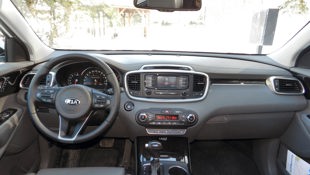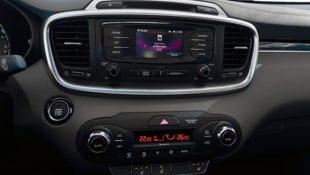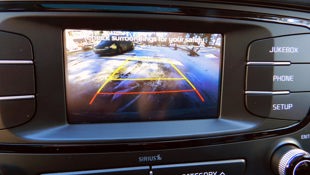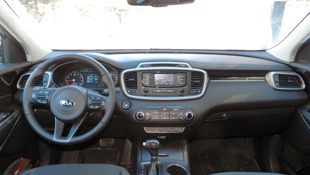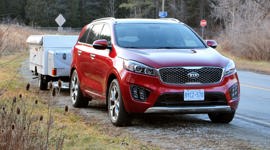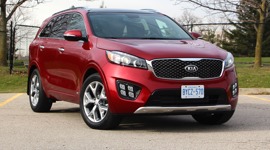In 2014 Kia sold 13,962 Sorento units in Canada, just shy of the brand’s most popular car, the Rio at 14,458. That puts the Sorento and Rio at the top of the Kia food chain as the brand’s top performers – which is why this new edition is so important.
Longer, wider but lower than the outgoing model, the new Sorento increases comfort and feature listings while improving value in a bid to continue the brand’s expansion. This is the third generation of the Kia Sorento, and the second model based on the most recent platform. The previous generation shared a platform with the Hyundai Santa Fe, this one shares its platform with the Kia Sedona – the first minivan by famed designer Peter Schreyer.
Kia is aiming the new Sorento closer to the long-wheelbase and larger Hyundai Santa Fe XL – a car I liked so much I asked for one for Christmas.
This platform actually debuted with a mid-cycle refresh of the previous generation, but that car incorporated the new base without a major redesign. This time there’s a new drivetrain (more on that later) and an all new design, which shares many elements with the aforementioned Sedona.
Kia is aiming the new Sorento closer to the long-wheelbase and larger Hyundai Santa Fe XL – a car I liked so much I asked for one for Christmas. The goal, they say, is to capitalize on the rapidly growing compact SUV segment while catering to a rich vein of customers who need a little more size. It’s the Goldilocks approach that continues to blur the sizing lines in every segment. Soon we’ll have mid-size-large-mid-compact-SUV or something, but I digress.
Like the Santa Fe range, the Sorento is available in five and seven-seat editions. Seven-seat models made up about 11 percent of Sorento sales in 2014, but Kia expects to triple that with this model. How? A neat trick called “giving it away”. I’m being a tad facetious; effectively Kia has taken the option of the seven-seat configuration out of the equation and made it a standard on all V6 models rather than charging an extra fee on top of the V6 trim. You could also call this “forcing people to pay for this pricey upgrade”.
They’ve also changed which models can have the third row; it’s now available on LX+ all the way to SX, and all those trims are available with the V6 engine. You can only get the V6 with three rows, and only get three rows with the V6. SX is now also available with the new 2.0L turbocharged four-cylinder making 240 hp and 260 lb-ft of torque.
The 185 hp/178 lb-ft 2.4L naturally aspirated four cylinder remains the base engine for LX models only, while LX+ and up all get either the 2.OT or the 290-hp/252 lb-ft 3.3L V6. With the V6 fitted the Sorento will tow up to 5,000 lb, with the 2.0T that figure drops to 3,500. The 2.4L which pretty much nobody will buy can only tow 2,000 lb.
That 5,000 lb is an improvement bought about by strengthening of the chassis – not by changes to the engine.
Using the new five-cycle NRCan fuel ratings, the 2.4L and 3.3L V6 have improved economy over the outgoing models with new ratings of 11.4/9.2 L/100 km city/highway for the 2.4L and 13.4/9.4 L/100 km for the V6. The new-to-Sorento 2.0T returns 12.3/9.3 L/100 km city/highway, placing it smack bang in the middle of the other two engines on economy.
There were no 2.4L engines on hand for us to test at this event, and Kia clearly doesn’t expect to sell many of them. So I was relegated to a test of just the two “premium” engines. I say “premium”, but it’s worth noting that Kia recommends regular fuel for both engines.
The 2.0L is quieter but tinnier and more high strung, while the V6 feels effortless and eager but makes more noise. It’s a pleasant noise, so I didn’t mind. A poll of the other journalists on the trip found an even split.
There’s no question the 2.0T is a clever engine, but I prefer the six. The 2.0T has a nice fat torque curve but doesn’t feel as punchy. The six is noticeably stronger and I prefer that.
The six-speed automatic transmission comes with no paddle shifters. This doesn’t matter at all really, the transmission is slow enough as it is without having to process the driver’s demands as well. It’s not a bad transmission by any stretch but every change is noticeable. On the plus side, it never feels laboured or under pressure, just a tad slow.
Kia has removed the rubber bushings from the mounts between the electrically controlled steering motor and the steering column to make the steering feel more direct and precise. The electrical steering still deadens much of the communication but directness is improved, and there are three modes, comfort, normal and sport, which offer a minor amount of improvement to the steering feel if you go looking for it. The difference between the three modes is akin to the difference between Pepsi and Coke. Your palate might be more sophisticated than mine.
In SX trim the electric motor that powers the steering has been moved to the rack, again improving the directness of the steering.
The entire chassis has been beefed up with Ultra High Strength Steel from parent company Hyundai’s steel works, more than 53 percent of the chassis is now UHSS – up from 24 percent. Kia is also proud of its thicker door skins, which they say will decrease door dings. The A and B pillars are now reinforced with press-hardened steel, all of which contributes to 14 percent more torsional rigidity and 13 percent more flex stiffness.
The most significant suspension geometry change is a move from angled rear shocks to vertical shocks. The Sorento was well-damped, recovering from large dips and bumps quickly and without fuss. The car has an understeer bias but does a good job of maintaining its track in turns with acceptable levels of body roll. The body rises and falls with the road, moving like an ocean swell underneath me. It’s a heavy car at 1,970 kg for the SX+ AWD seven-seat model – some 300 kg heavier than the LX FWD edition at 1,680 kg.
Additional changes aimed at improving noise, vibration and harshness (NVH) were made in this redesign including additional window glass reinforcing. SX trims even get insulation in the side windows, and there is a noticeable difference between the SX models and others in terms of wind noise. In fact, wind noise seems dramatically reduced, something Kia attributes to the thick steel and panels, the glass insulation and aerodynamic improvements – which is why this Sorento is lower than last year’s.
The door has been redesigned as well, with a new two-piece manufacture process and a long lower skin section protruding down and wrapping around the bottom of the door sill. This wraparound decreases wind and road noise, but also did a great job of keeping slush and muck out of the cars on dirty, snow-covered Quebec roads.
The Kia Sorento was a genuinely serene place to ride and using the 115V power outlet in the rear I was able to do a significant amount of work on the long ride back to the airport the day after our test drives. For someone as easily distracted as me that’s a remarkable… SQUIRREL!
The “Dynamax” all-wheel-drive system is front-wheel-drive based and runs 95 percent front and 5 rear in normal driving conditions. It will send a maximum of 50 percent torque to the rear and can be locked in 50:50 split under 30 km/h. The fully automatic system has been refined to react quicker than the outgoing model but you’ll still find yourself waiting for it to catch up. If you want this one to turn your Sorento into a dorrifftuu rally weapon on the winding snowy roads up to your cottage you’re out of luck. If you want to drive comfortably out of the deep snow of the lodge carpark in the morning you’ll be well satisfied.
The Sorento has Advanced Traction Cornering Control that manages the torque split to the rear wheels and brakes the rear inside wheel to help reduce understeer. There are more sophisticated and performance-focused systems on the market but I found this adequate for normal driving on some fairly dicey roads. Most consumers will never need more than this system offers.
The rear seat access has been improved by allowing more sliding for the second row and I found it easy enough to climb in and settle down. At 5’6" and 80 kg, I: A) need to diet and B) could fit comfortably in the back row. The second row is fiddly to maneuver, though – you need to slide the seat forward with the bar at the front and then tilt it forward with the control on the side of the seat.
Sitting “behind myself” I was comfortable in all three rows, but when the third row was not in use we found the second row downright cavernous. The interior materials are pleasing to the eye and touch, with only a modest amount of hard plastic even in lower trims.
The dashboard layout is sensible and ergonomically sound with all controls in easy reach of the driver. I’m a fan of the Kia 7.0-inch Supervision instrument cluster with its large digital speedo and information display nestled between analogue fuel and temperature gauges on the right and a tacho on the left.
The tuning and volume knobs are at the bottom of the screen making them easy to get to and there is enough distance between everything to make it easy to adjust on the fly. The layout is simple but effective. The steering wheel controls change between presets – not individual stations – which is a personal bugbear of mine that I’m told nobody else is concerned about.
I’m not saying I shared the genius of Sir Mix-A-Lot with the entire village of Mont Tremblant, but the entire ski hill does now know what I like, and what I cannot lie about.
What does matter is that the system sounds good, and I’m not saying I shared the genius of Sir Mix-A-Lot with the entire village of Mont Tremblant, but the entire ski hill does now know what I like, and what I cannot lie about.
The base trim Kia Sorento LX 2.4L FWD is $27,495 in five-passenger form. Add $2,000 for AWD. To get the turbo you need to upgrade to LX+. That is $30,695 in FWD form and adds a back-up camera, 4.2-inch UVO infotainment screen, leather controls, power driver’s seat and smart key. Once again add $2,000 for AWD and a further $1,200 to upgrade to the V6 engine and seven-seat configuration.
EX is the second-tier trim and starts at $35,595. It comes with the 2.0L turbo and AWD standard as well as: heated steering wheel, leather seats with driver memory, Supervision 7.0-inch LCD instrument cluster and blind-spot detection. EX+ V6 seven-passenger is $36,695, add a sunroof and you’re looking at $37,895.
SX is the third and final trim bracket. It too is standard with the 2.0L turbo and five seats for $42,095 equipped with 19-inch wheels, LED fog lights and Xenon HID headlights, eight-inch infotainment, smart power tailgate, premium leather interior and a panoramic sunroof. $43,195 gets you seven seats and the V6 engine.
SX+ is the fully loaded trim at $46,695 and adds 360-degree camera, Nappa leather seats, smart cruise control, lane-departure warning, forward-collision warning and an electronic parking brake.
Between these trims Kia has the lowest entry point at $27,465, though in fairness nobody is buying that one. For my money, the value point is the EX+ V6 with sunroof, a heated steering wheel and a 110V power outlet at $37,895.
The SX does take a significant step forward in terms of premium experience when you factor in the additional glass shielding to the side windows – something those with sensitive ears should consider.
There are few seven-seat propositions with this level of feature content and road comfort for this money. This is one of Kia’s most important nameplates, and the effort shows.
